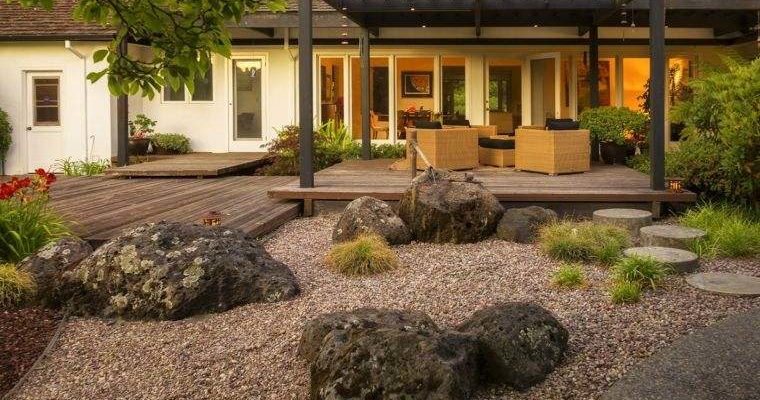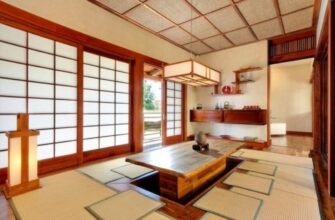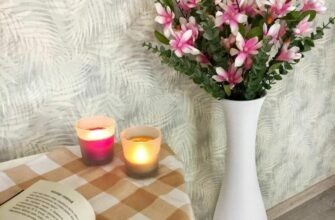- Stone, an essential material in a small authentic Japanese garden
- Wood a natural material to soften your decor in a small Japanese garden
- Water is an important component of Zen garden decor
- Green plants and trees contribute to the typical color palette for Japanese exteriors
- Garden paths have a specific function in the Zen garden
- Some accessory ideas for your small Japanese garden
Do you have a small outdoor space and are you looking for ideas for its layout? We offer you a collection of examples of Japanese-inspired decoration!
How to arrange a small modern and relaxing Japanese garden
The decoration of a small Japanese garden is one of the best solutions for the development of a small outdoor space. This is so because Japanese-style gardens are characterized by their clean and minimalist design, ideal for outdoor spaces of limited size.
Additionally, Small Japanese Gardens are known for their relaxing ambience that suits both urban outdoor spaces and those outside the big cities. In this text, we take a look at the essential elements to incorporate into a small authentic Japanese garden.
To achieve a zen atmosphere in your small Japanese garden, pay attention to the placement of rocks, the arrangement of plants, and the design of any pathways or water features
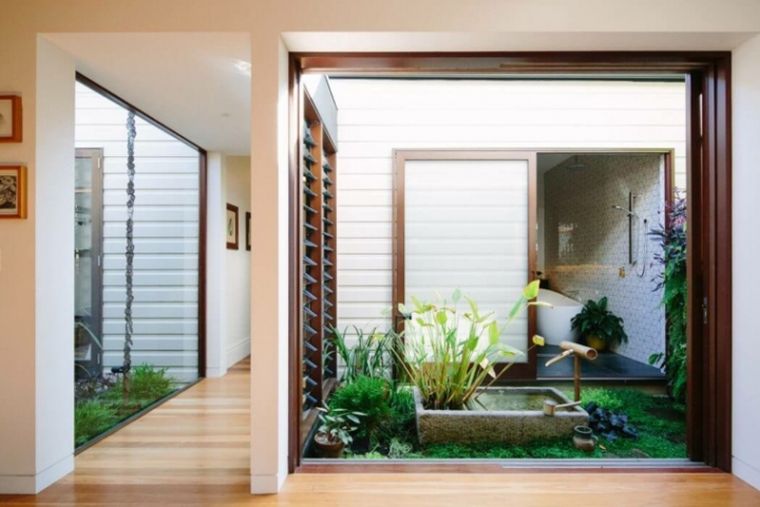
As is known, modern Japanese gardens are inspired by centuries-old traditions of oriental culture. Their essential characteristic is undoubtedly the zen and relaxing atmosphere they offer us. In general, a small Japanese garden is therefore a quiet space that invites you to rest. It is also a part of the house very conducive to the practice of meditation.
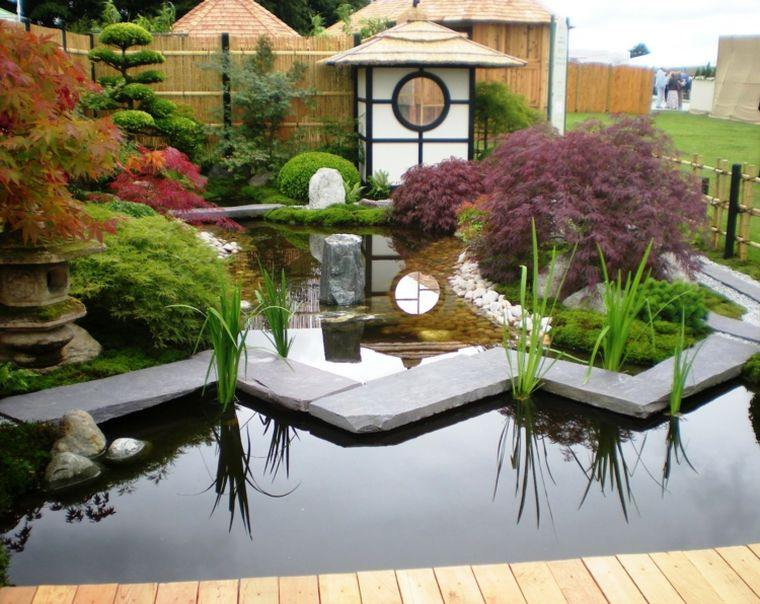
To offer us this atmosphere, the small Japanese garden is laid out with great care. Each component of such an exterior is therefore carefully chosen to best suit the Japanese decor. Below we take a tour of the elements traditionally present in a Japanese garden, whatever its size and shape.
Stone, an essential material in a small authentic Japanese garden
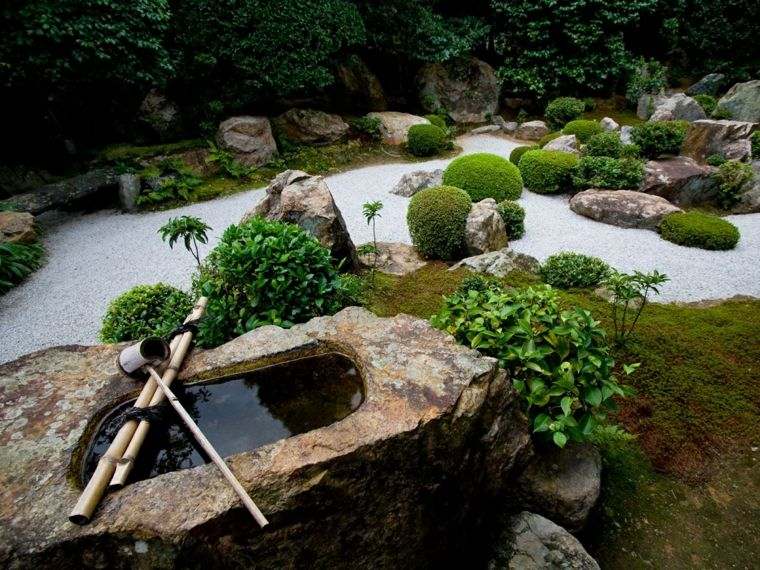
Stone is a typical element of Japanese gardens and, more generally, Zen exteriors. Besides, in addition to helping to create an authentic decor for your small Japanese garden, this material also has a symbolic meaning.
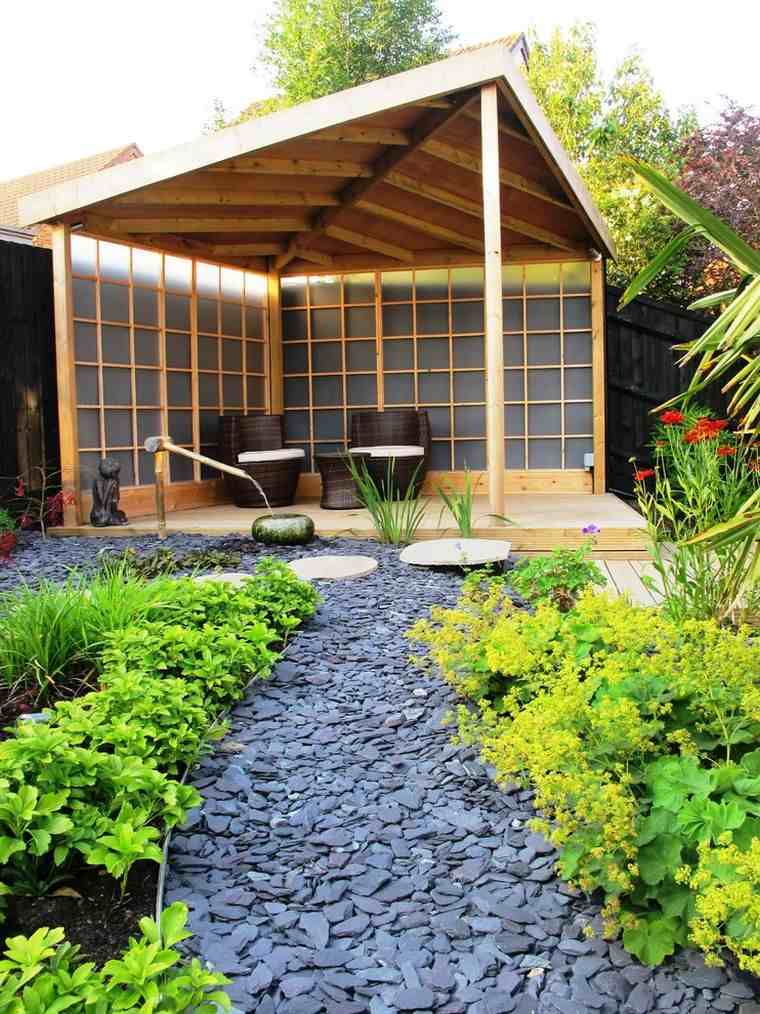
To arrange your small Japanese garden, you can use small pebbles typical for rock gardens. The small pebbles that you see in many small Japanese gardens symbolize water currents. They are therefore a way of illustrating this element of nature, especially in exteriors that lack an aquatic corner.
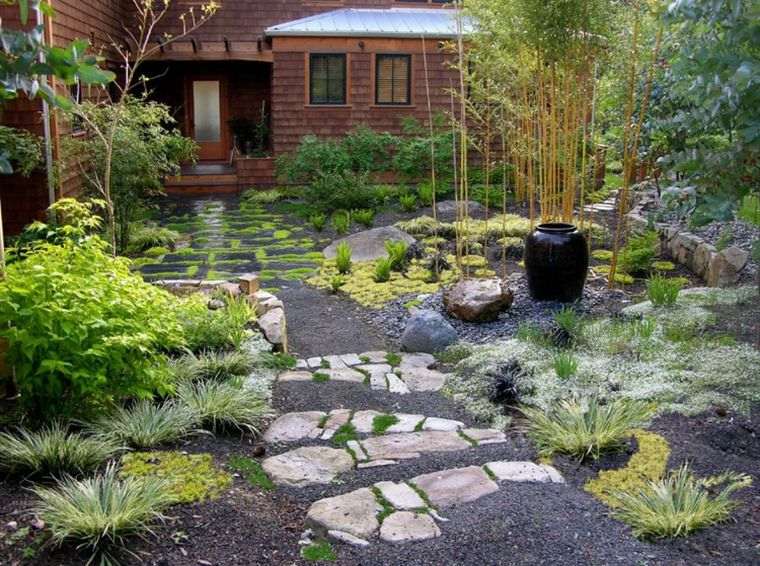
Large stones, on the other hand, are regarded as a representation of mountains or hills. Their presence is essential in dry gardens, which are basically designed as replicas of the typical landscapes of the Land of the Rising Sun.
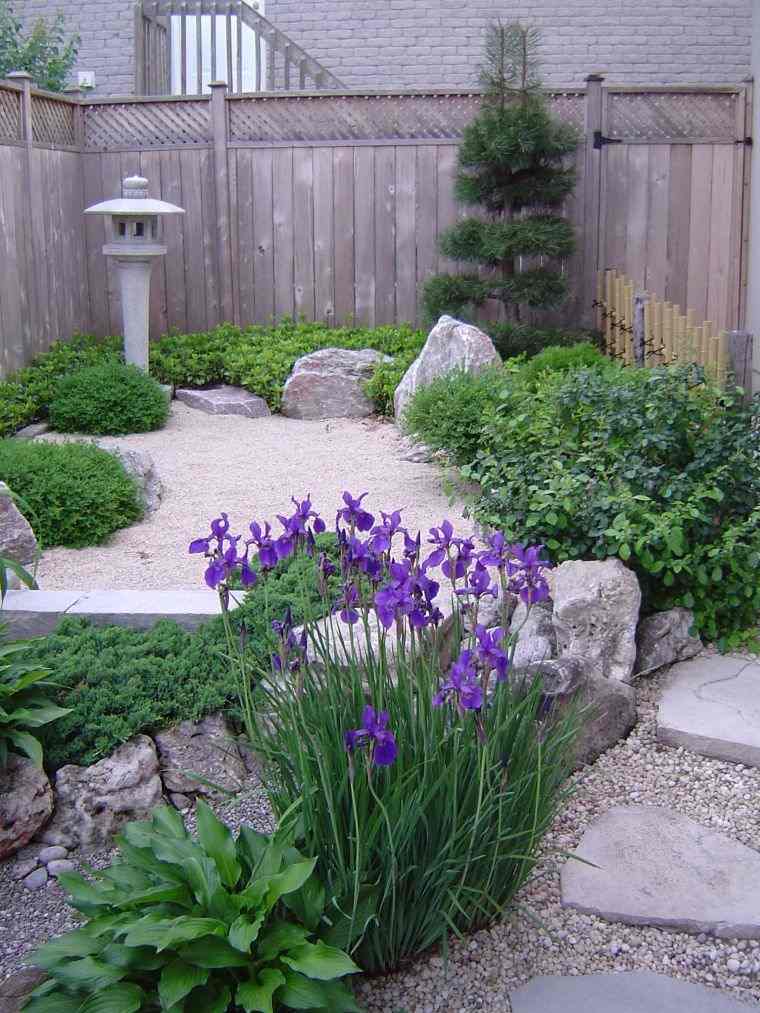
You will understand, there are several ways to incorporate stones into your small Japanese garden. In addition to the rock garden decorations dominated by stone, it is also possible to use gravel or small pebbles as a detail of your landscaping. Think, for example, of a garden path or borders made of this material.
Wood a natural material to soften your decor in a small Japanese garden
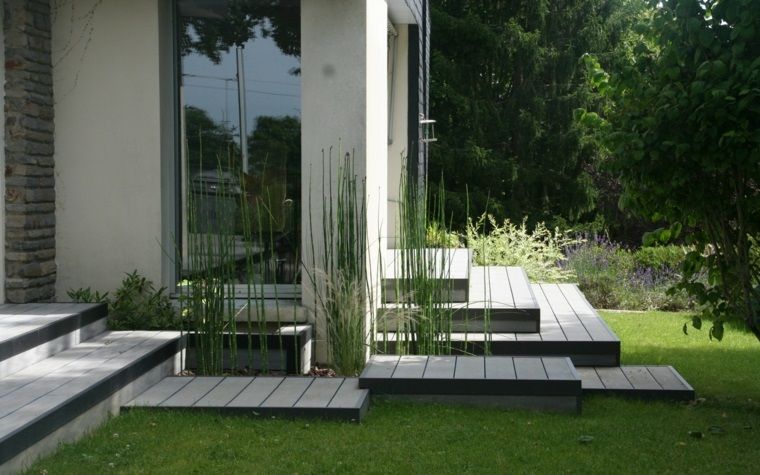
Wood is an important element in Japanese architecture and landscaping. The traditional Japanese house is usually built using wooden beams which are assembled using a specific technique. To echo this element of the architecture, the Japanese garden also has wooden accents.
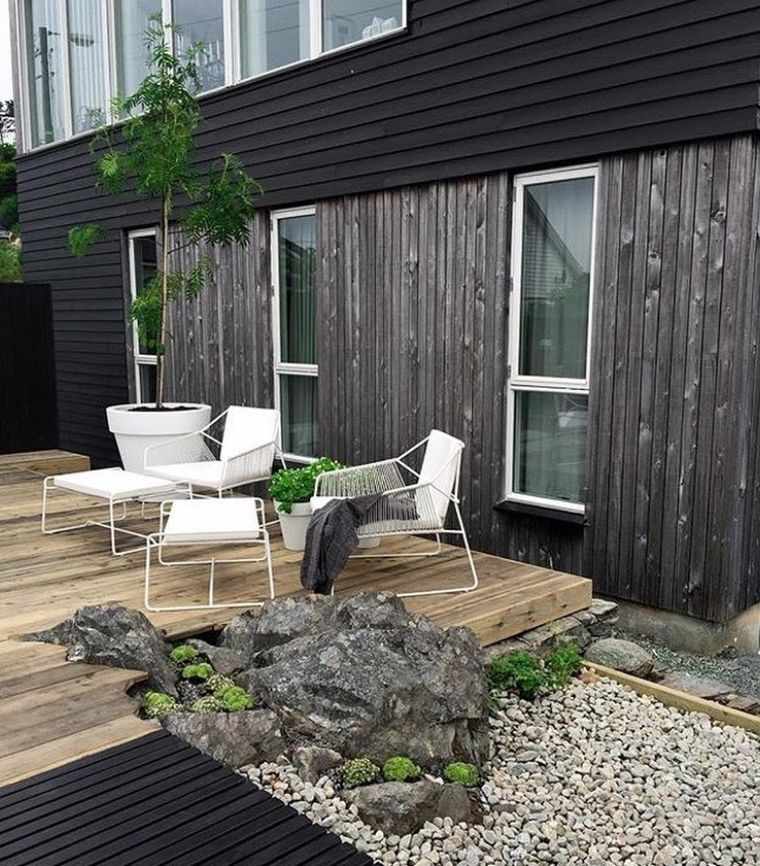
How to incorporate wood into a modern small Japanese garden? Among the options to consider, there is, for example, that of setting up a Zen-style outdoor terrace with wooden flooring.
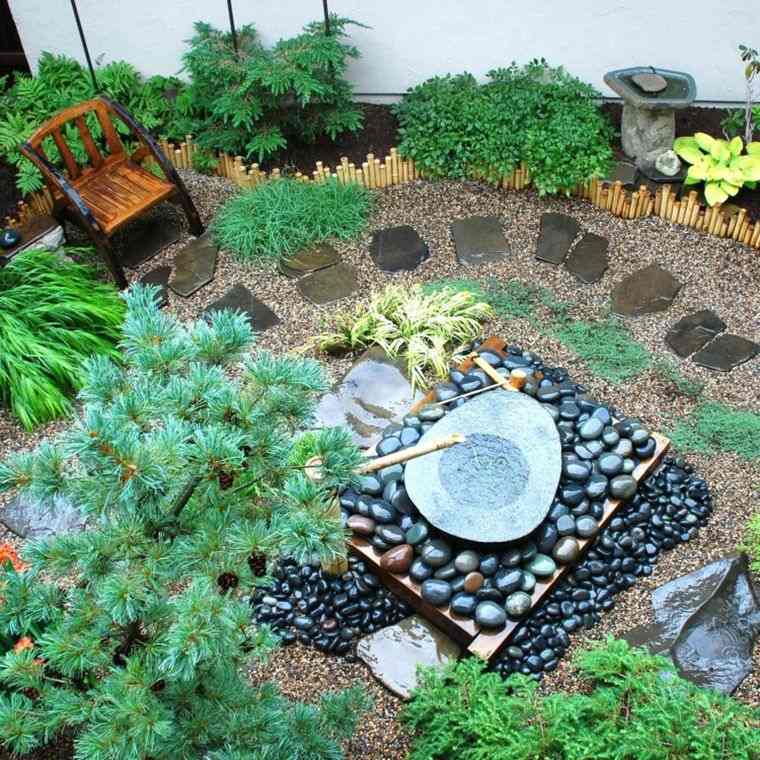
Are you going to set up a small Japanese earthwork garden? In this case, why not use wooden elements for the creation of your terracing or your sloping garden path?
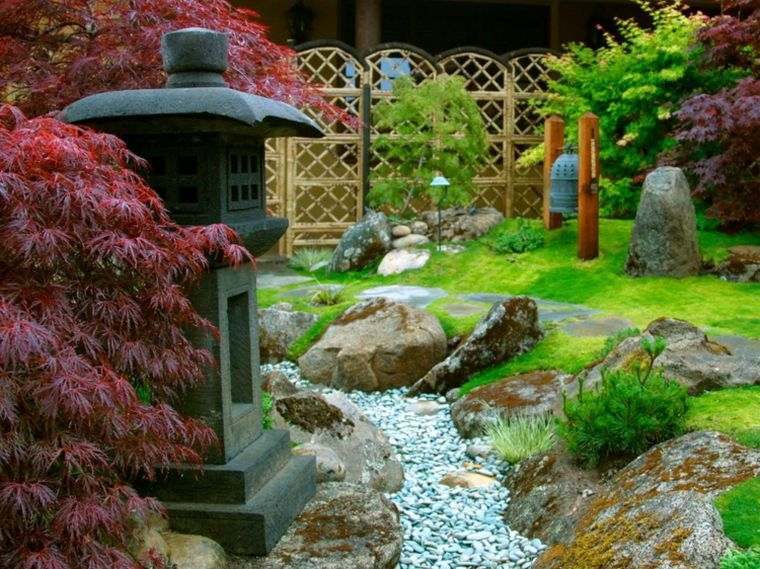
To add to this consider any type of bamboo exterior decoration. This last plant is one of the most typical of Asian-style outdoor spaces. Adopt to beautify an outdoor water fountain. Or, use it to create a privacy screen for a zen exterior protected from prying eyes!
Water is an important component of Zen garden decor
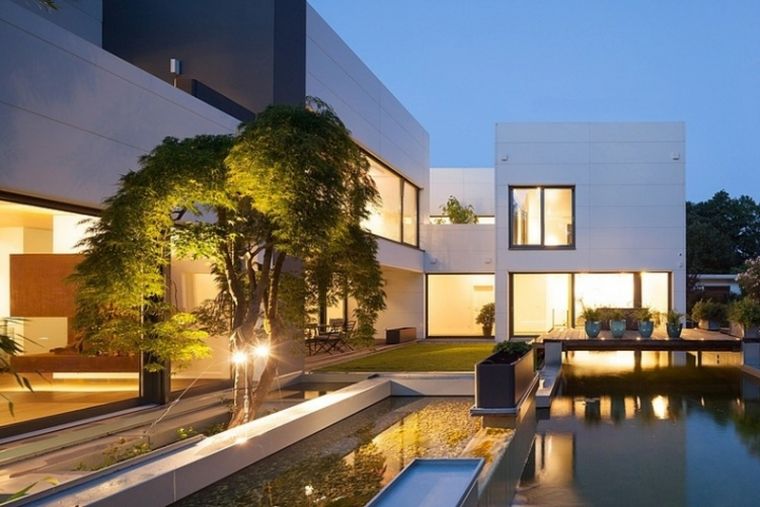
Water is another essential part of decorating a small Japanese garden. In Asian culture, water is considered a part of nature conducive to relaxation and meditation. This explains its essential role in the development of a small Zen-style Japanese garden.
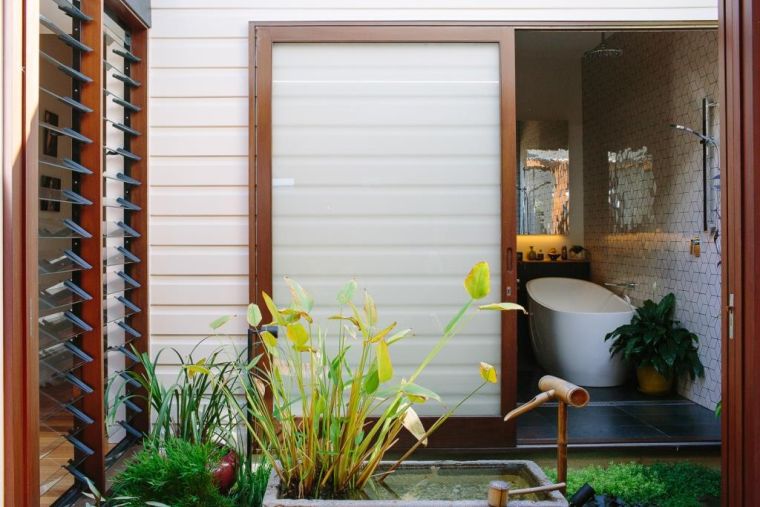
Introducing this element into your Zen garden doesn’t really have to be very complex. One of the simplest approaches is to opt for a water fountain or a natural pond.
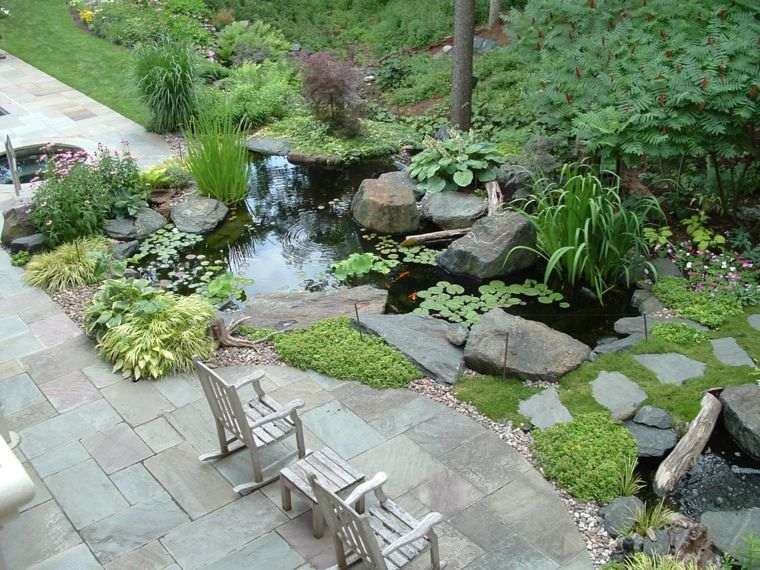
Depending on the shape and size of your outdoor space, you can imagine a specific design for your pond or water fountain. To enhance the Japanese vibe of your pond garden, try making an aquatic corner with suitable plants and koi goldfish.
Green plants and trees contribute to the typical color palette for Japanese exteriors
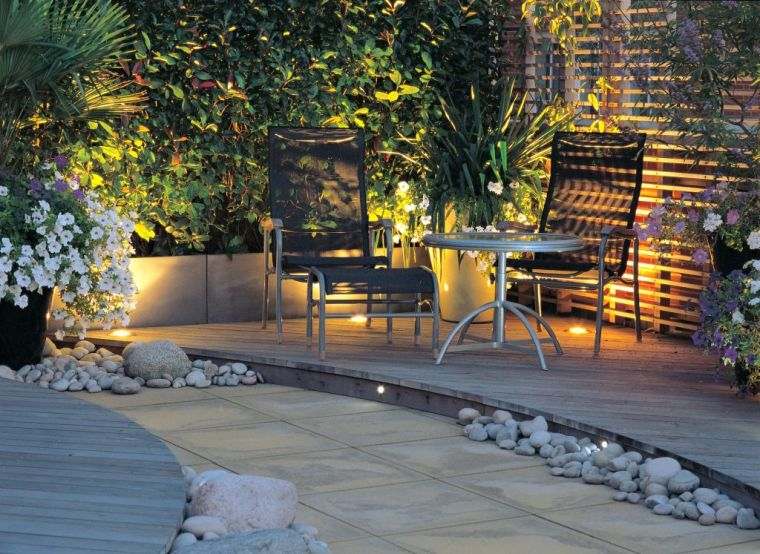
Shades of green are arguably the most typical colors of Japanese-style gardens. In this type of exterior, we avoid using decorations in bright colors. On the contrary, we favor the natural nuances created by means of green plants.
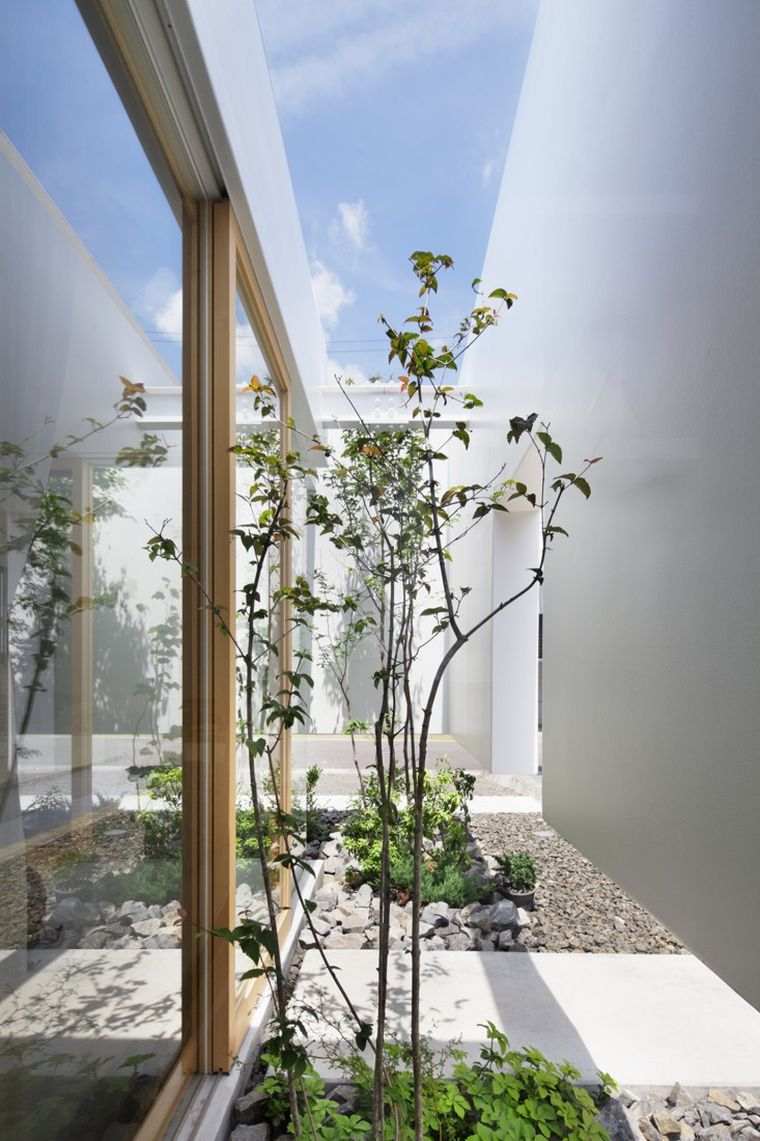
So think about creating a balanced decor using a few touches of greenery. To this end, plan plants typical of Japanese decor. Among the best known and hardiest species of this type are cherry, natural moss and bamboo.
Garden paths have a specific function in the Zen garden
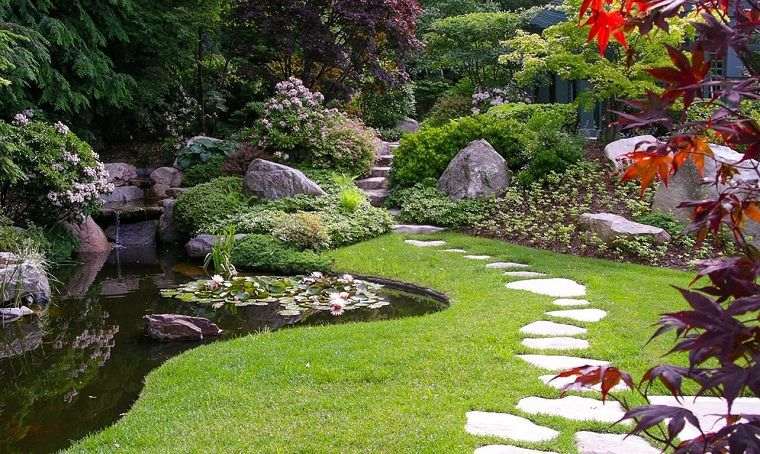
Garden paths are another important element for Japanese-style decor. Generally speaking, Japanese garden paths are known for their specific shape. This one is almost never straight; on the contrary, it has a whole series of slight curves.
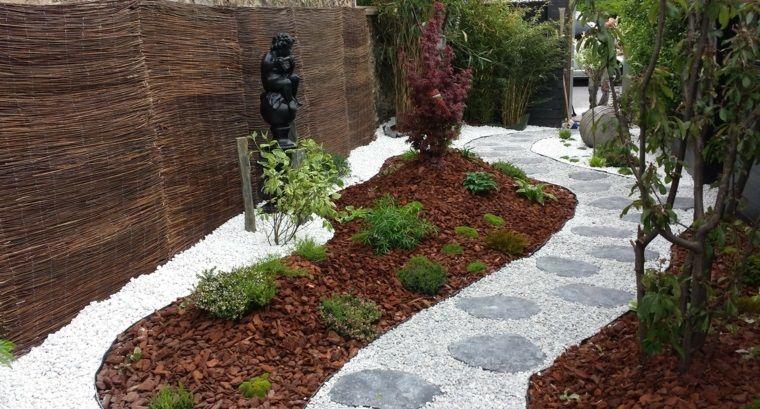
This characteristic shape is believed to facilitate meditation; it aims to stimulate the person to relax while walking. As a result, garden paths are present even in small outdoor spaces. So don’t hesitate to set up one or two, even if you have a mini garden!
Some accessory ideas for your small Japanese garden
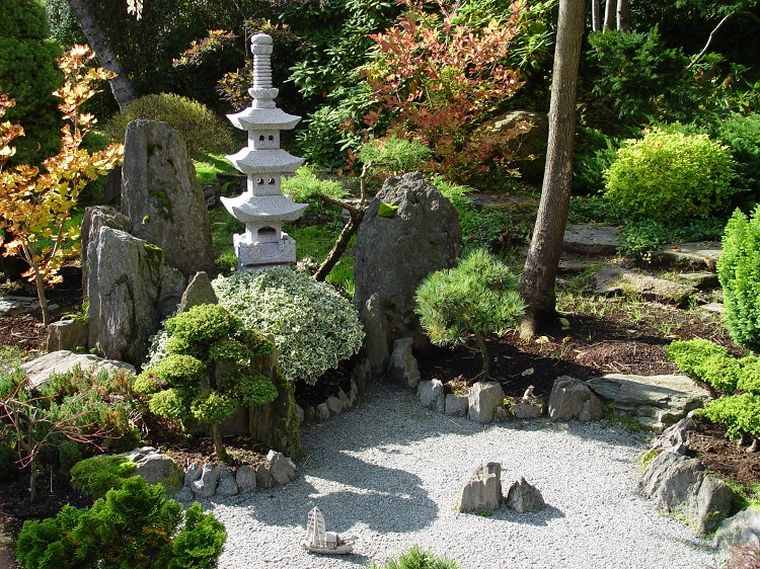
As for accessories, know that the Japanese-style garden invites a minimalist approach and a refined decoration. For this reason, we advise you to bet on one or two interesting accessories; avoid overloading the outdoor space with lots of decorative items. This will prevent you from creating a relaxing space, especially if you are working on a small area.
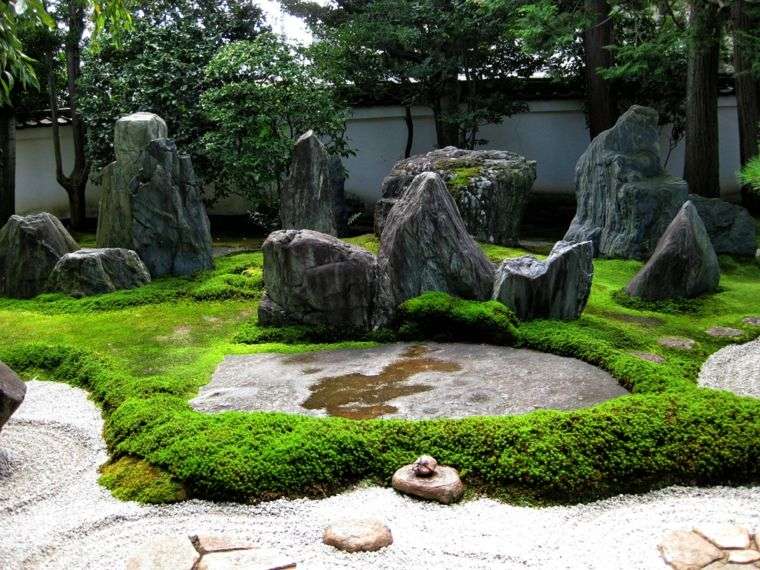
In addition to the accessories already mentioned such as water basins and fountains, you can opt for stone lanterns. These are often part of the decor of Japanese garden paths.
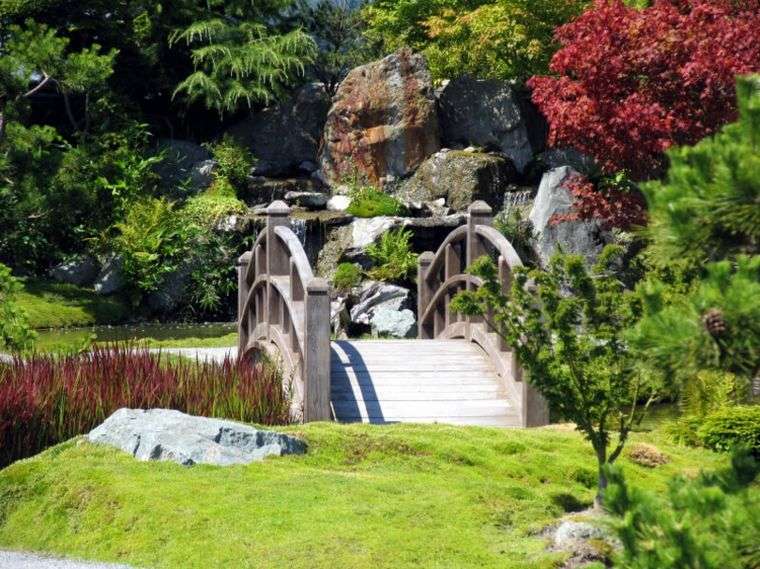
Have you decided to move into a Japanese water garden? In this case, you can also add a bridge to your decor. It is another popular component of the Asian garden. Like the aisles, Japanese bridges are distinguished by their rounded and elegant shape.
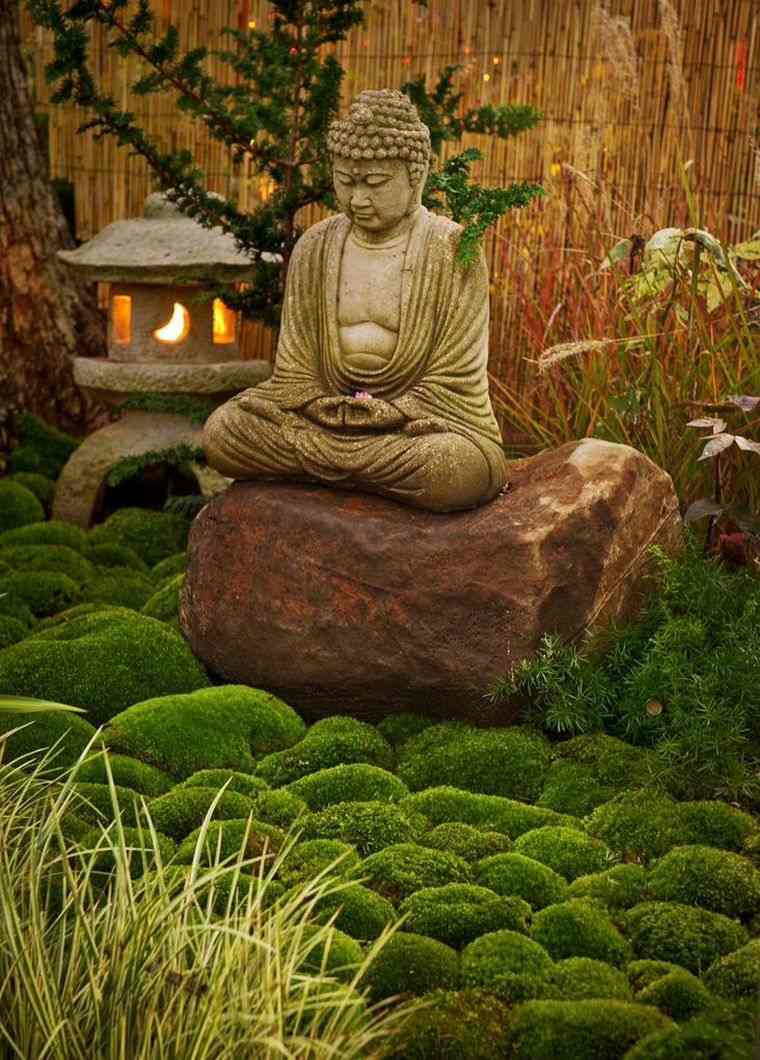
Finally, if you want to create a meditation corner in your small Japanese garden, opt for a decoration that invites contemplation. A Buddha statue is arguably the most suitable accessory for this purpose!
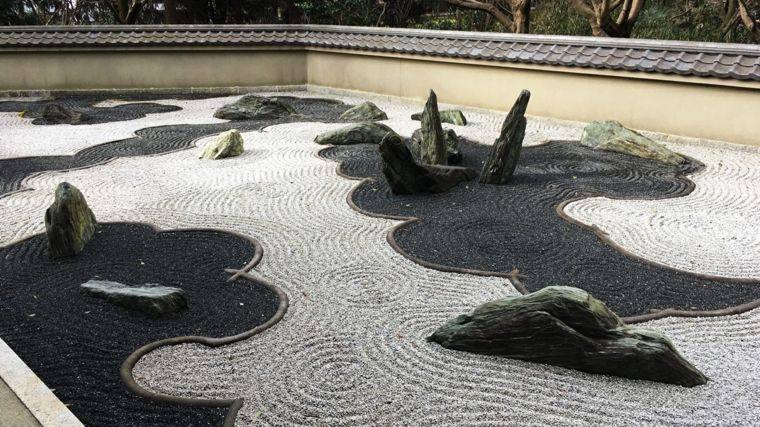
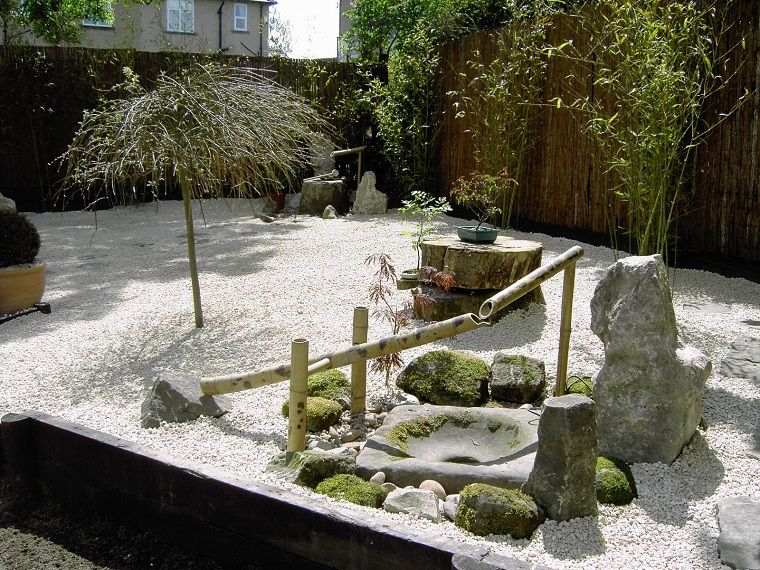
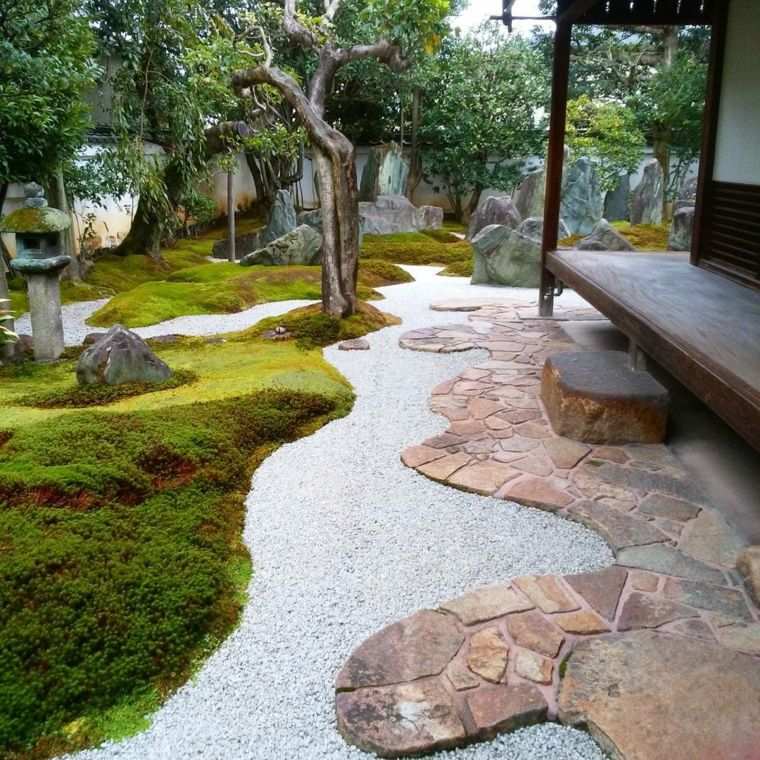
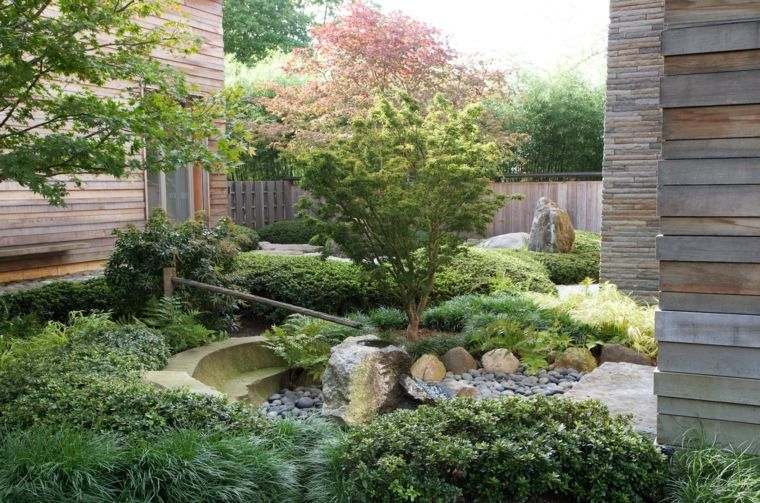
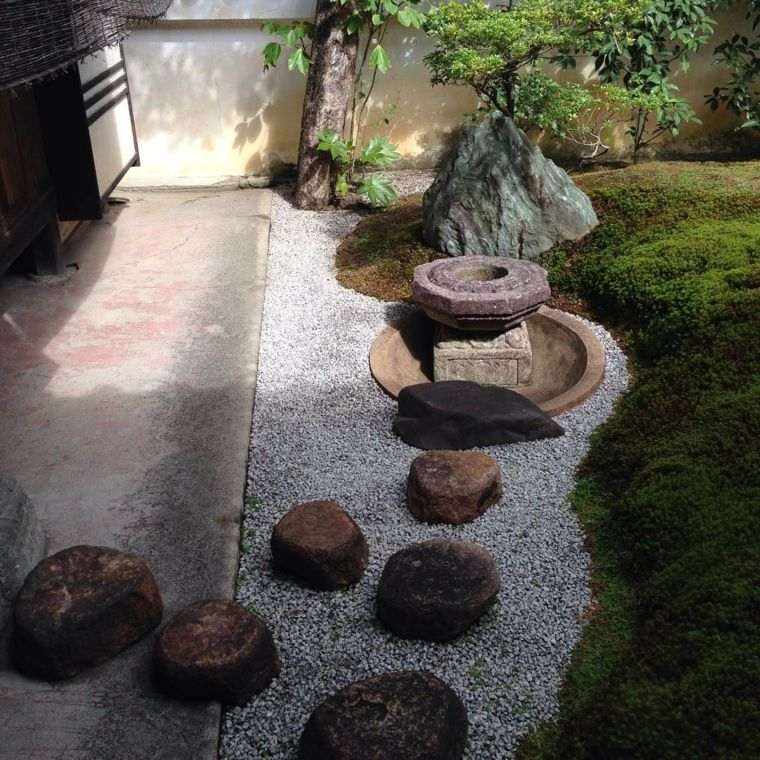
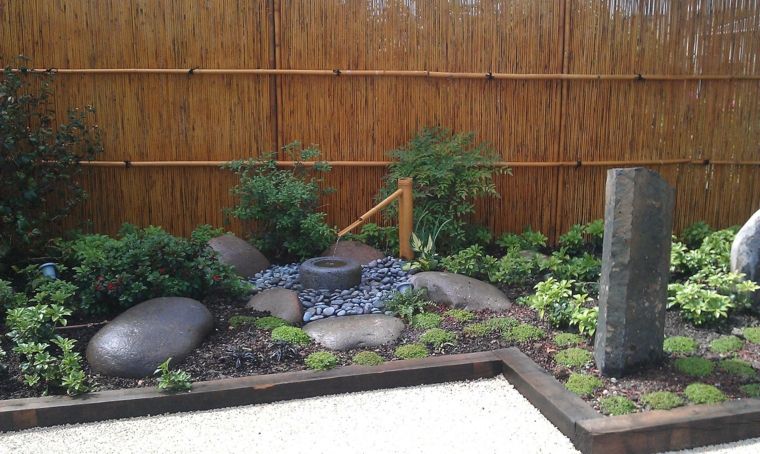
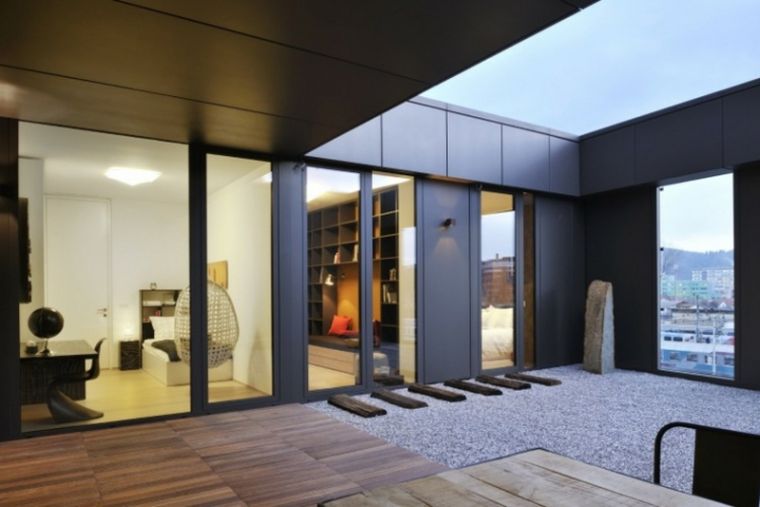
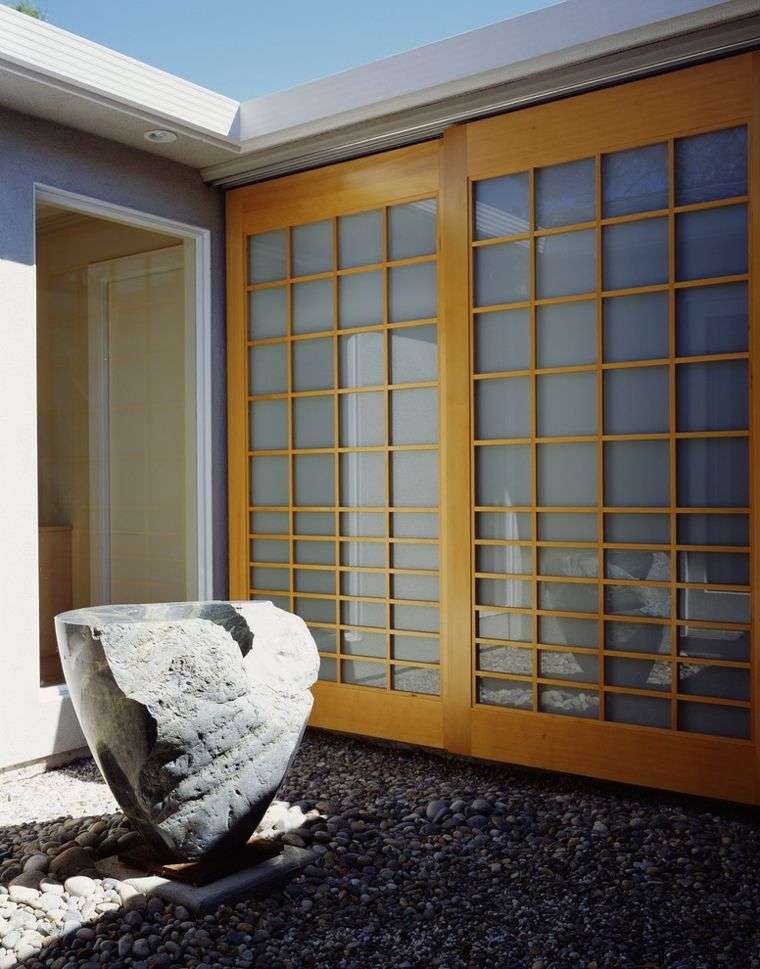
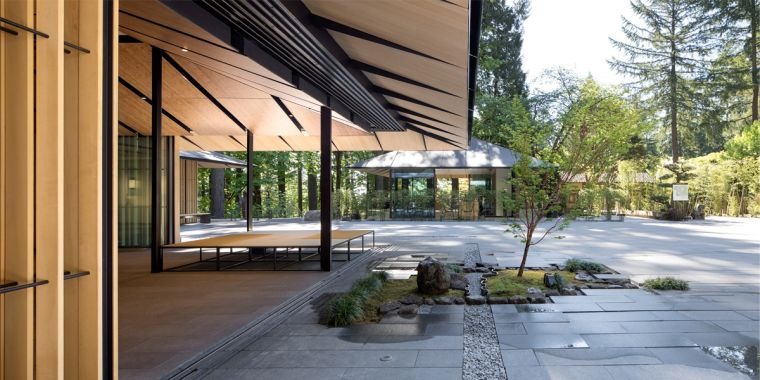
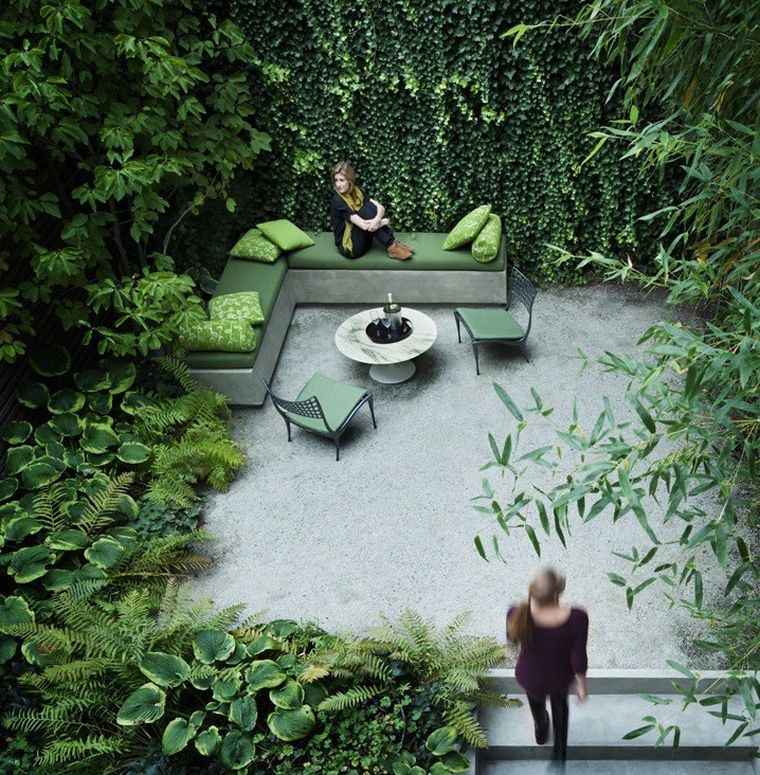
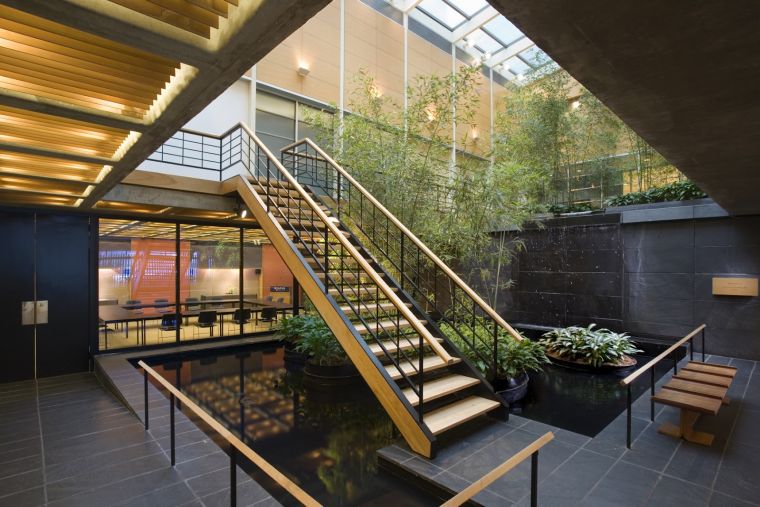
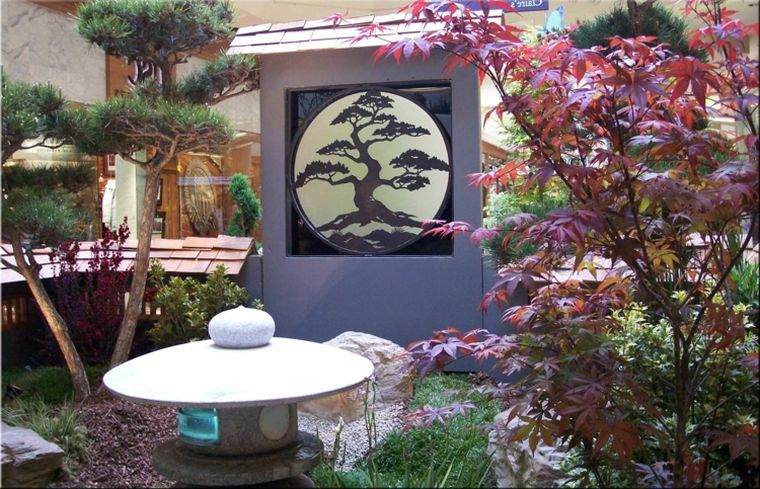
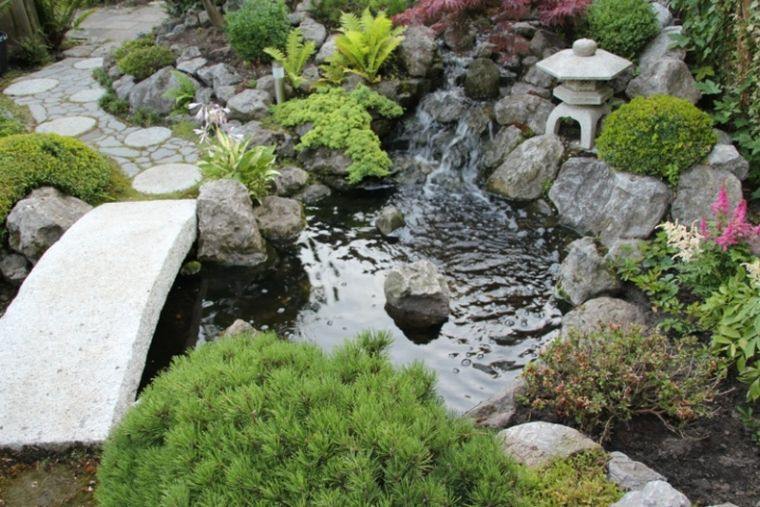
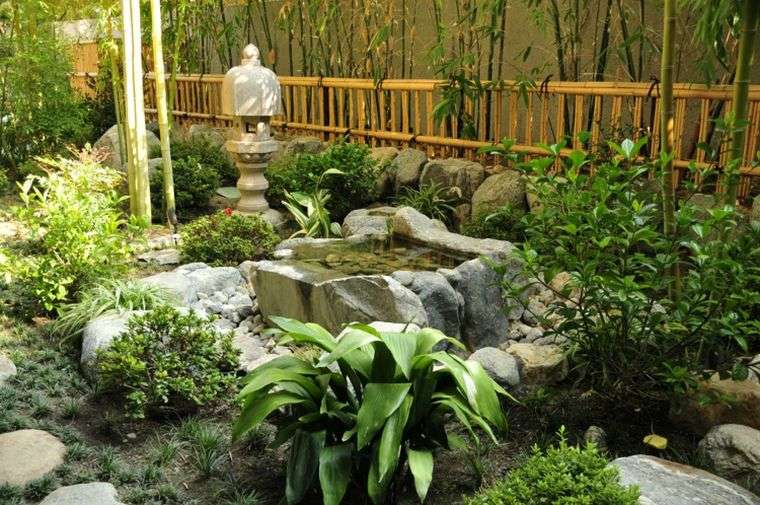
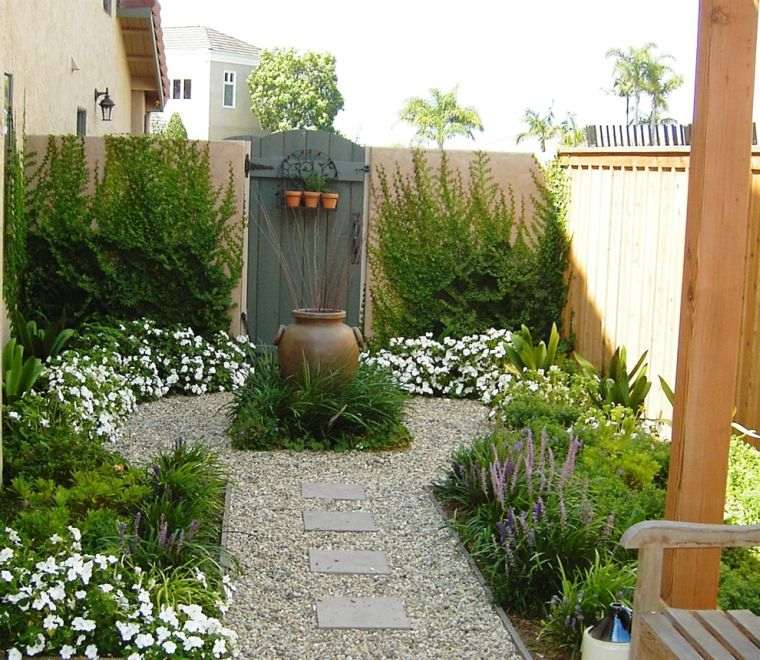
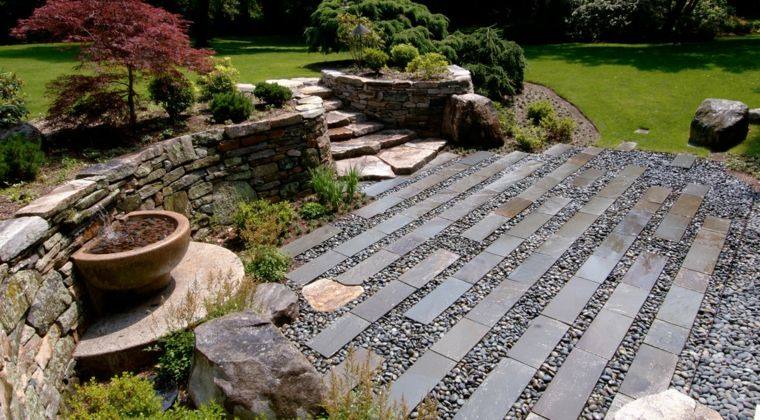
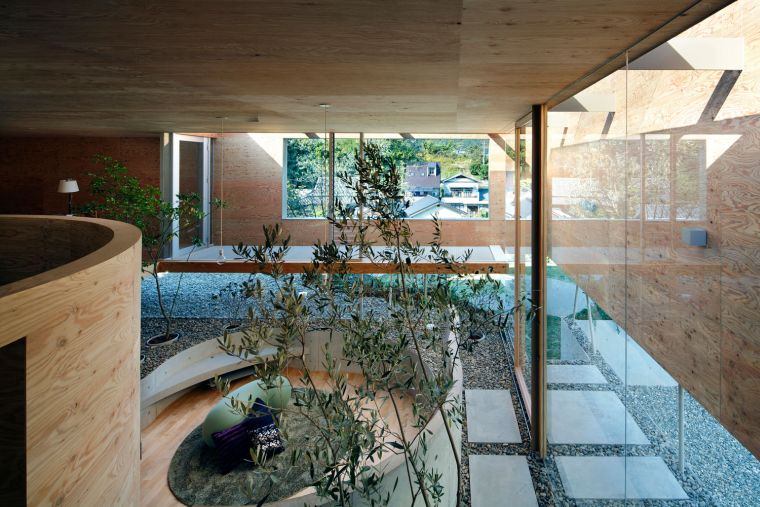
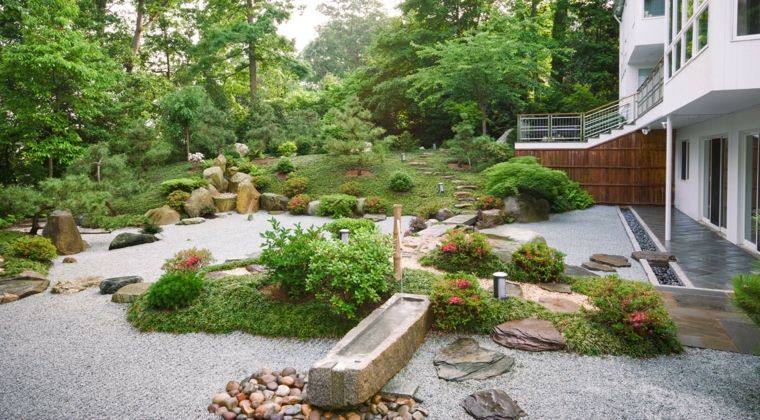
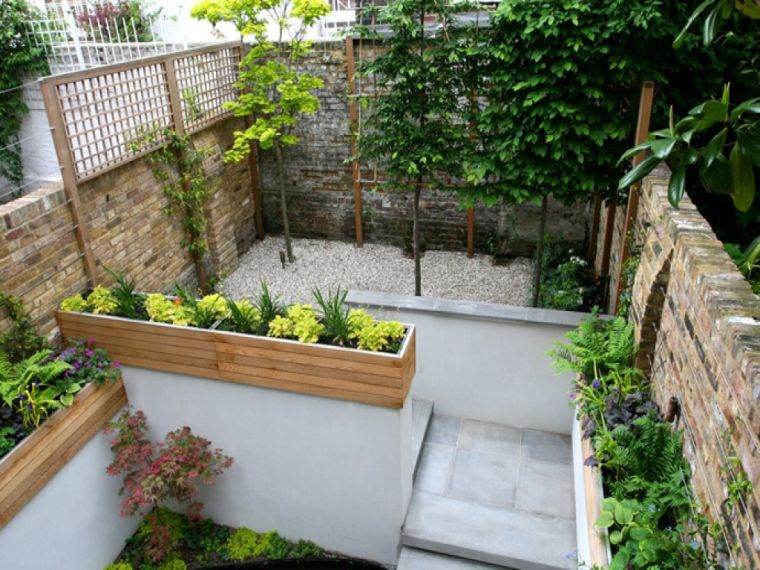
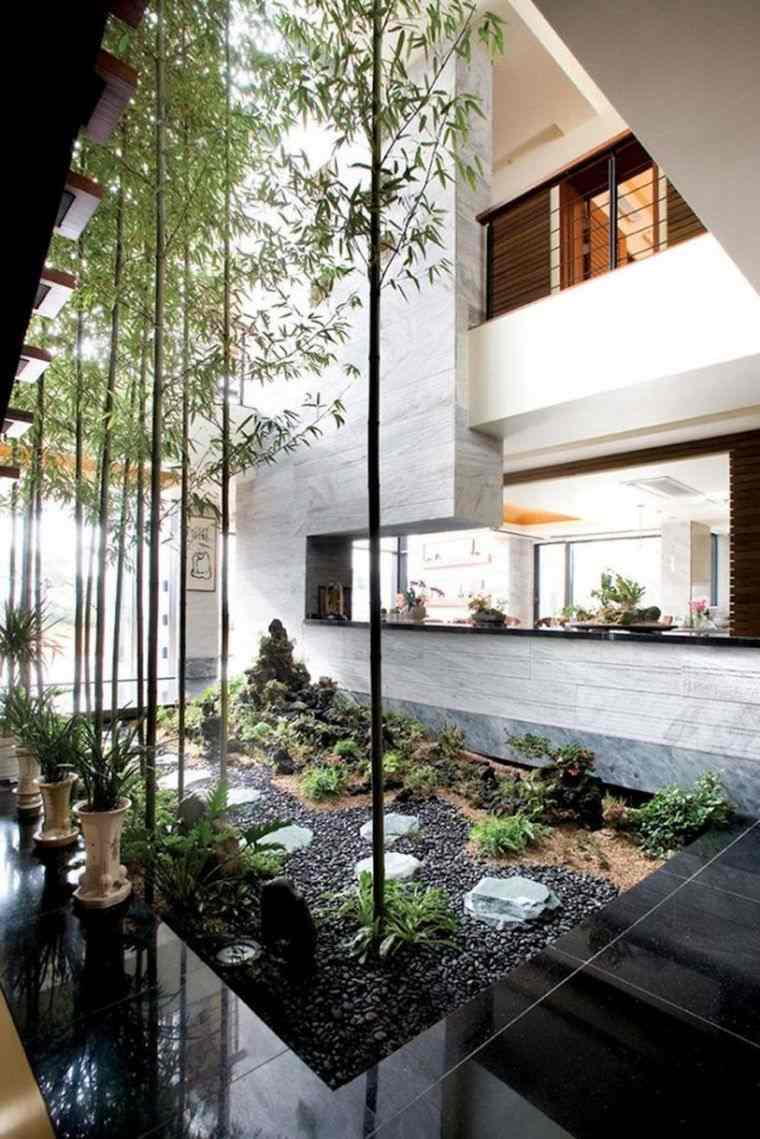
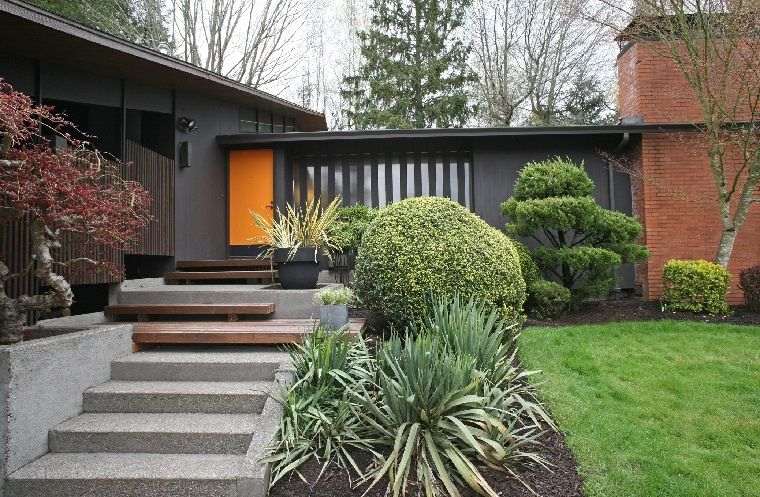
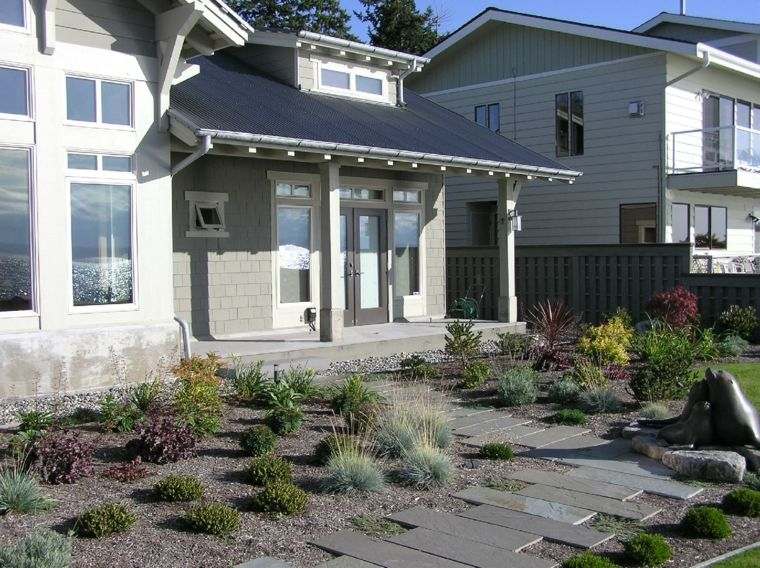
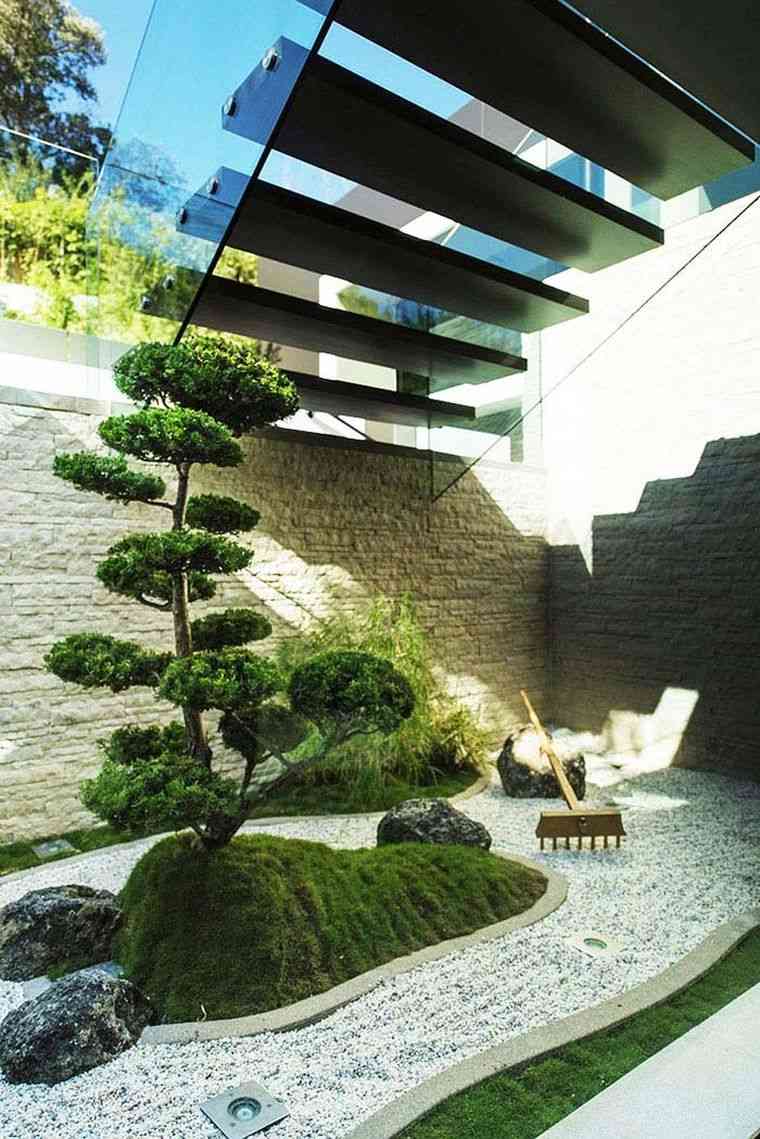
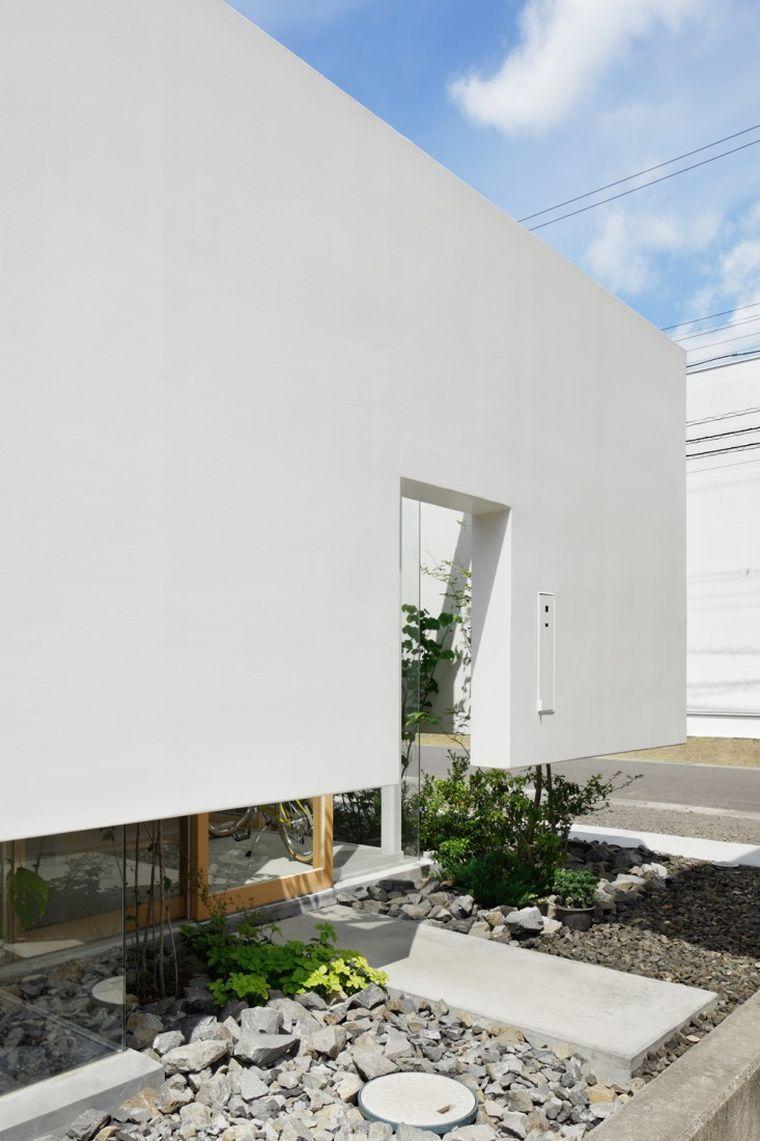
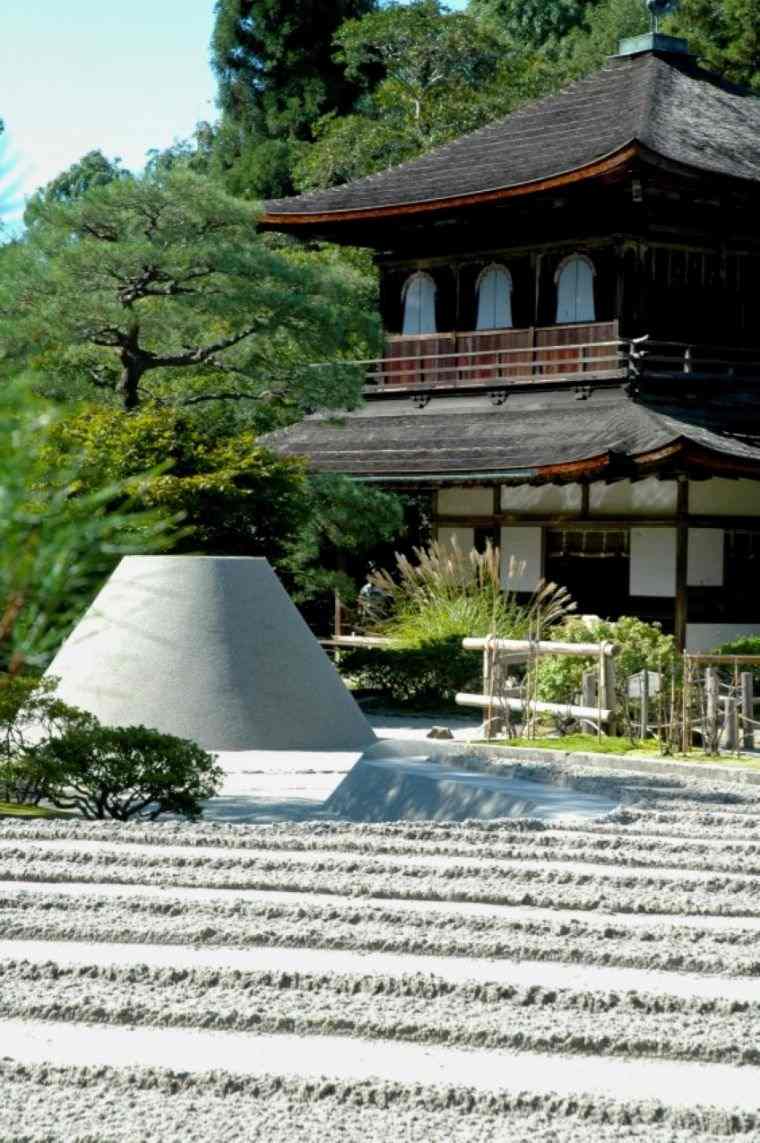
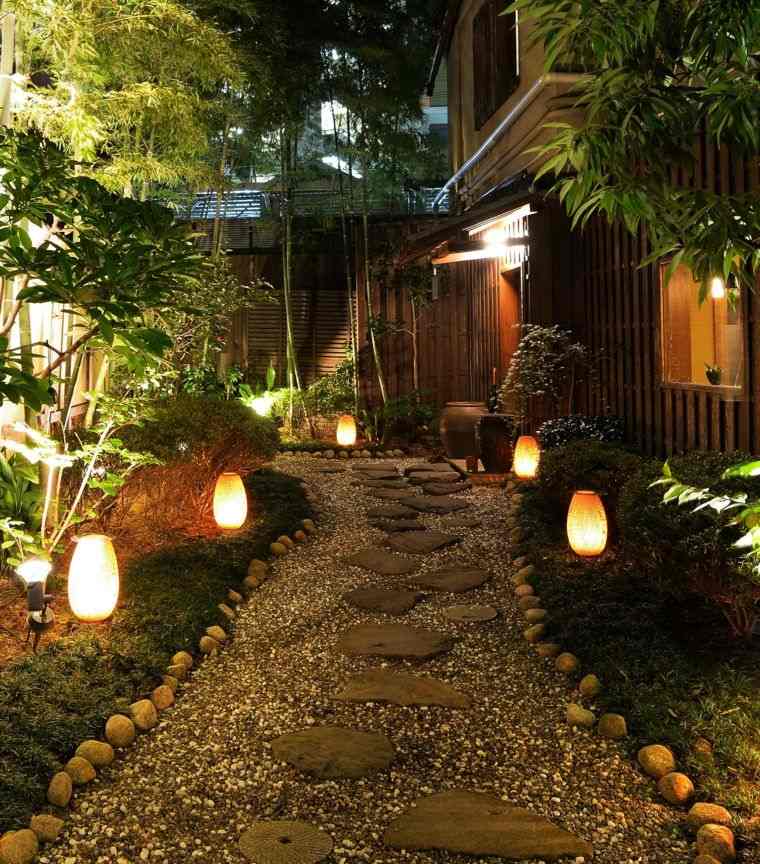
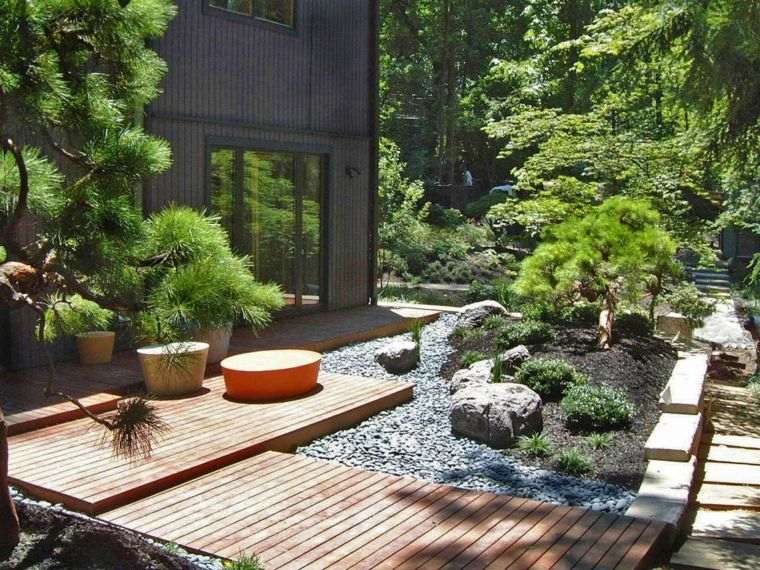
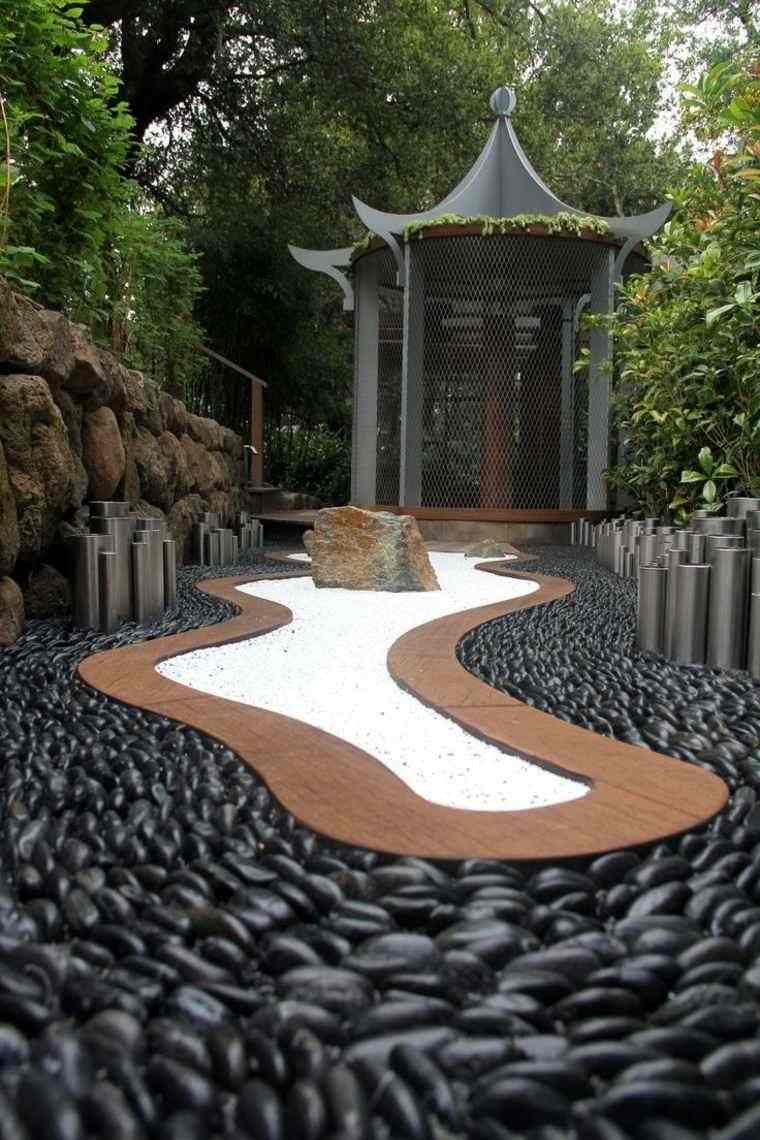
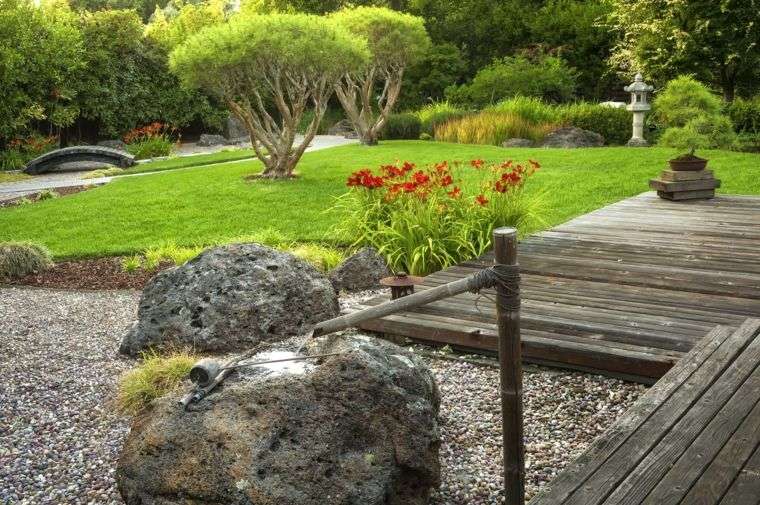
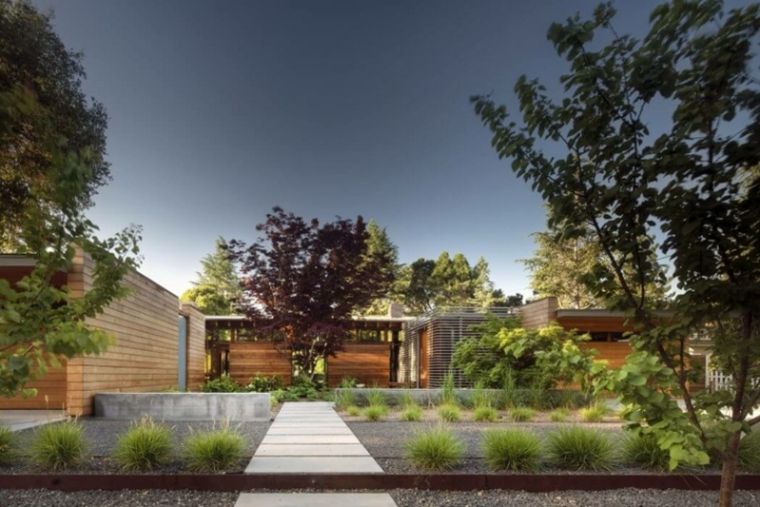
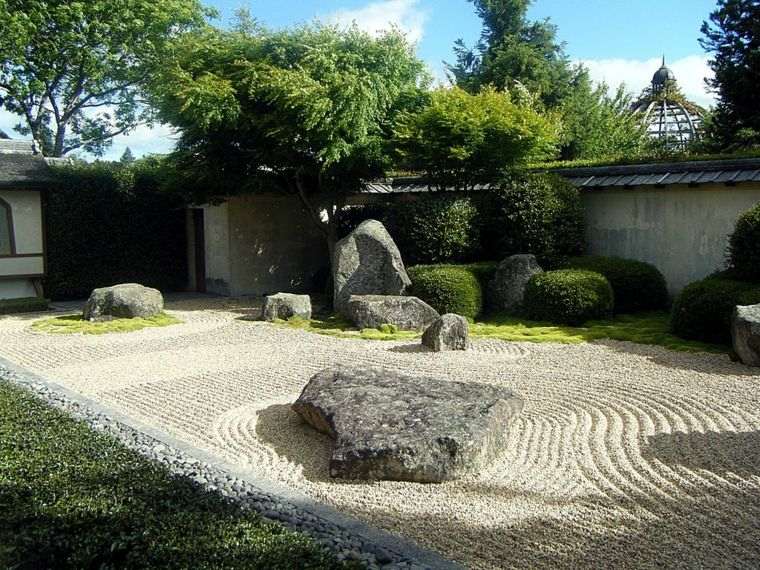
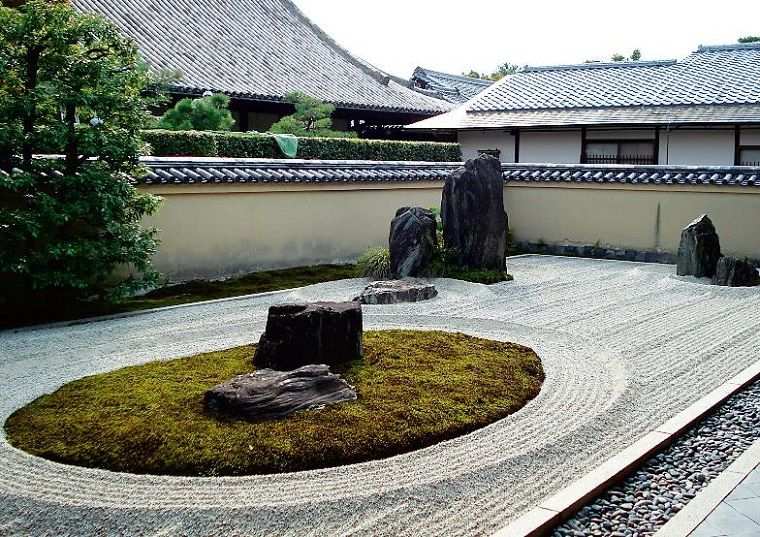
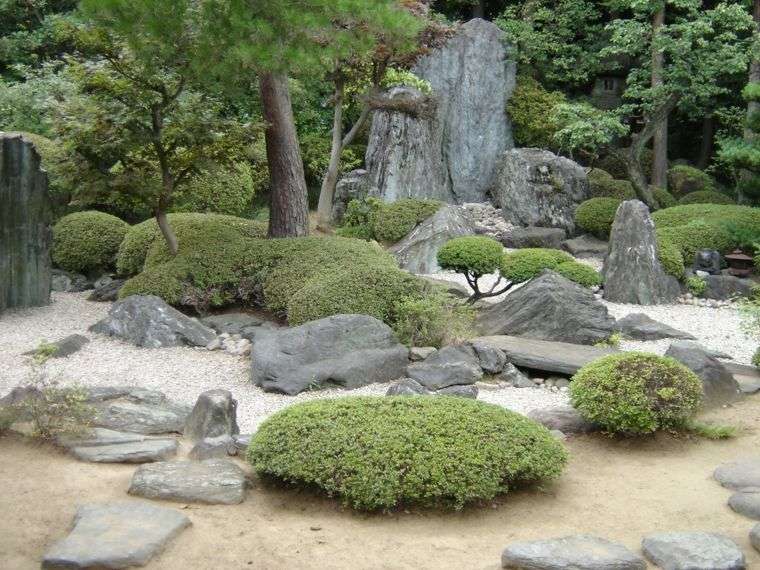
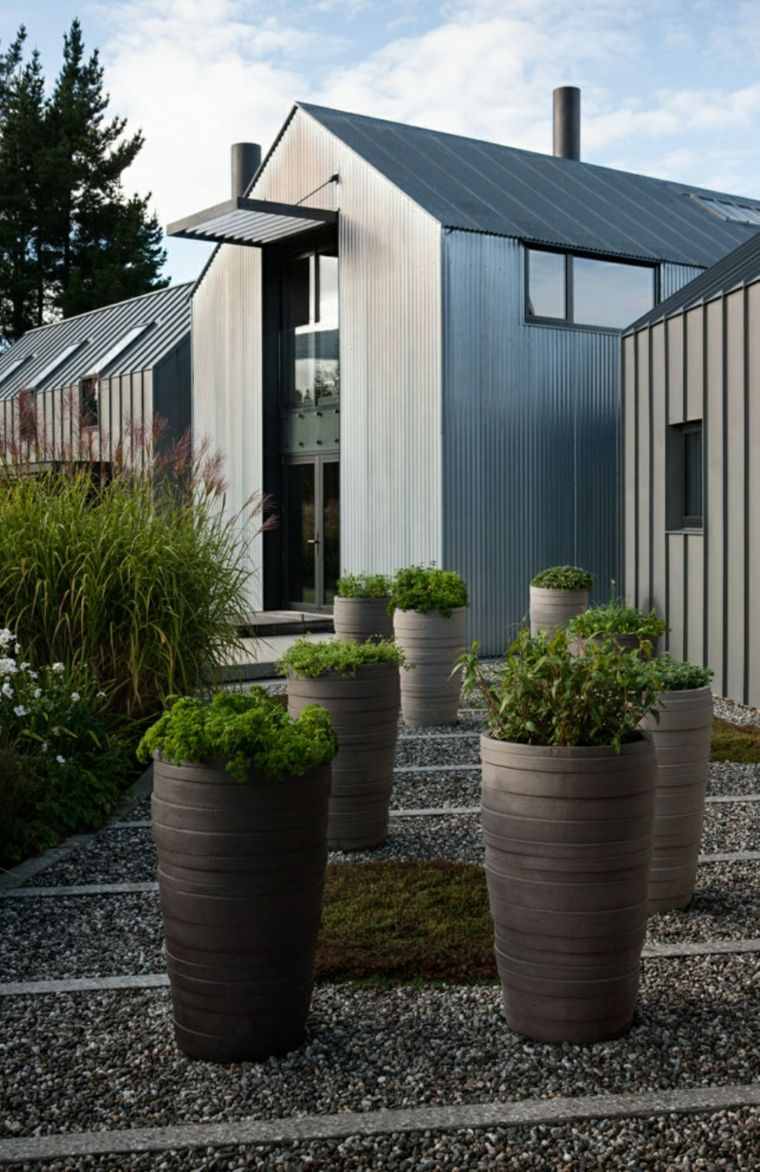
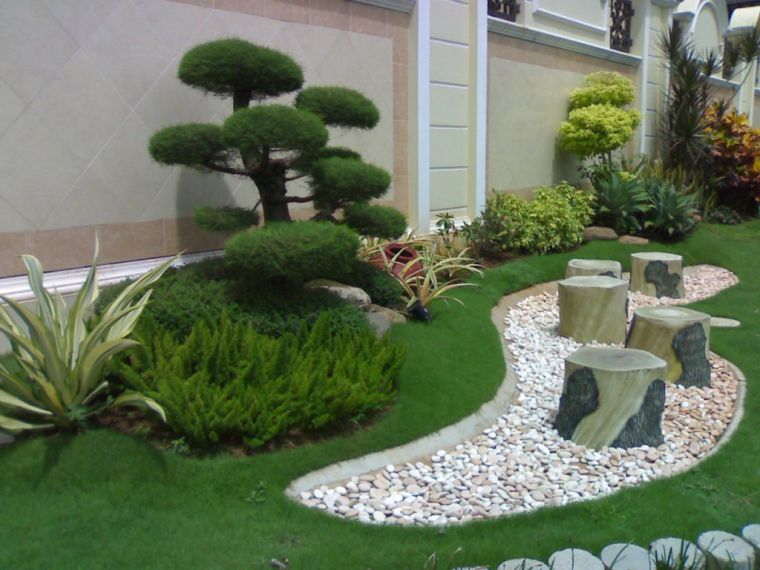
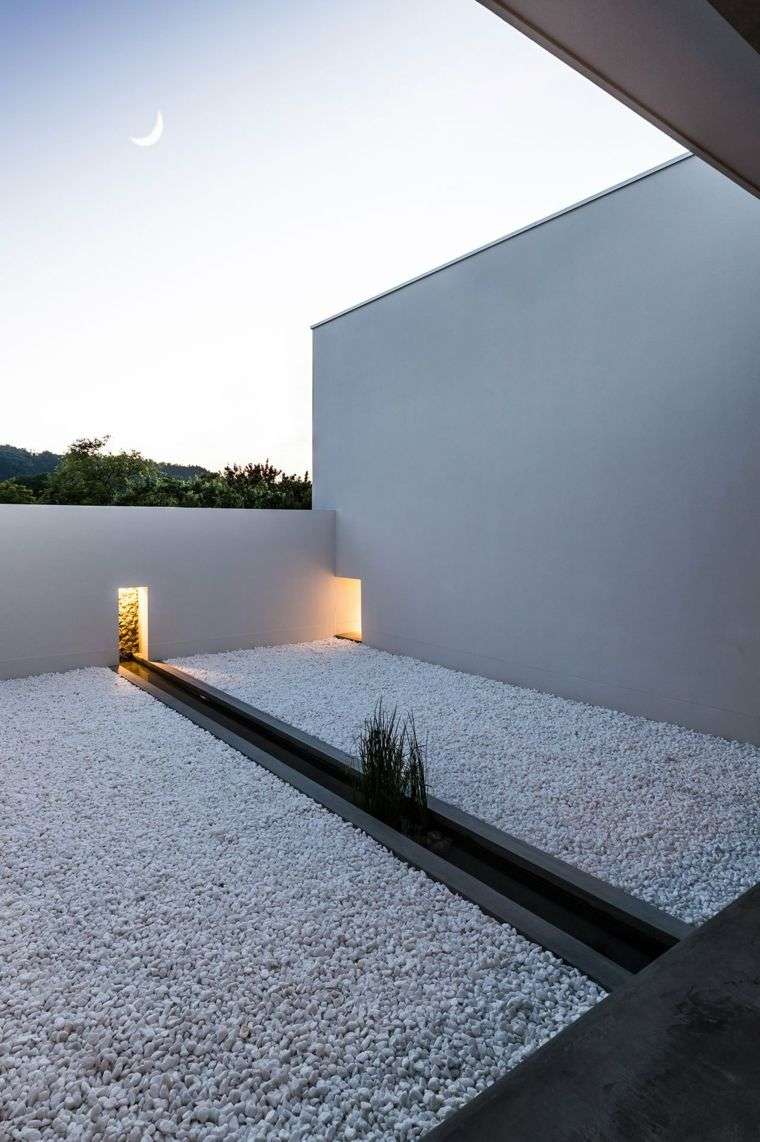
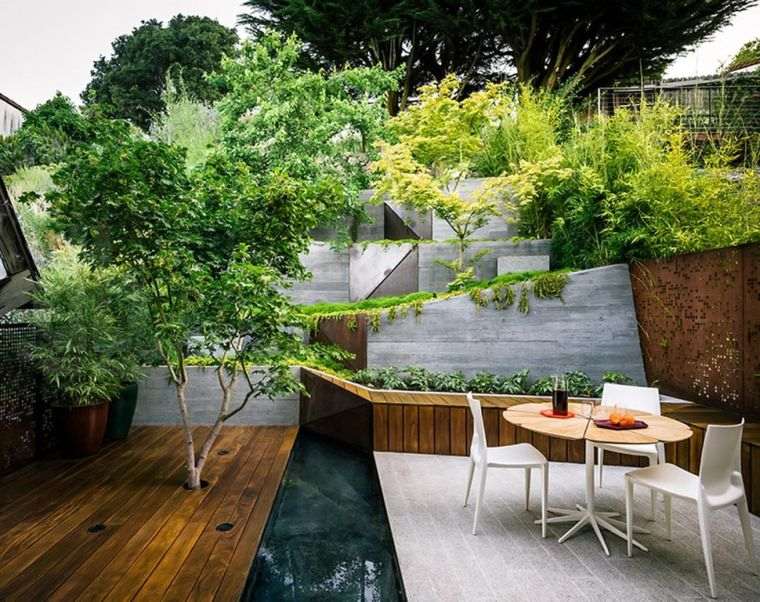
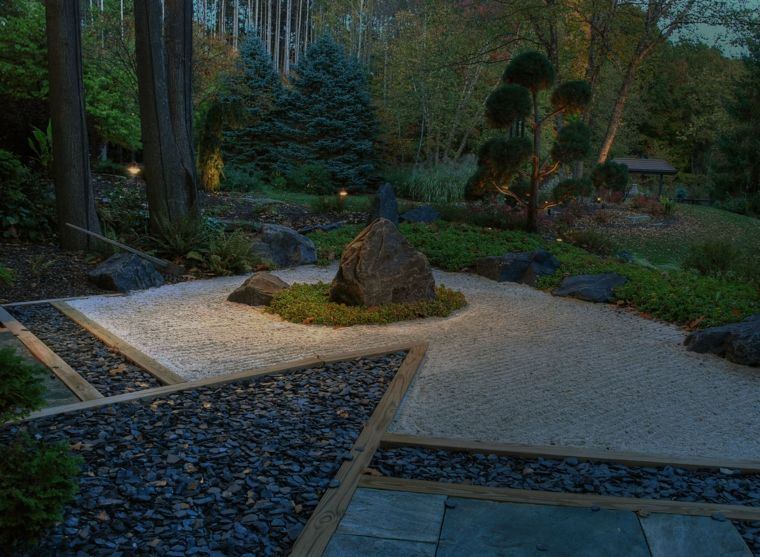
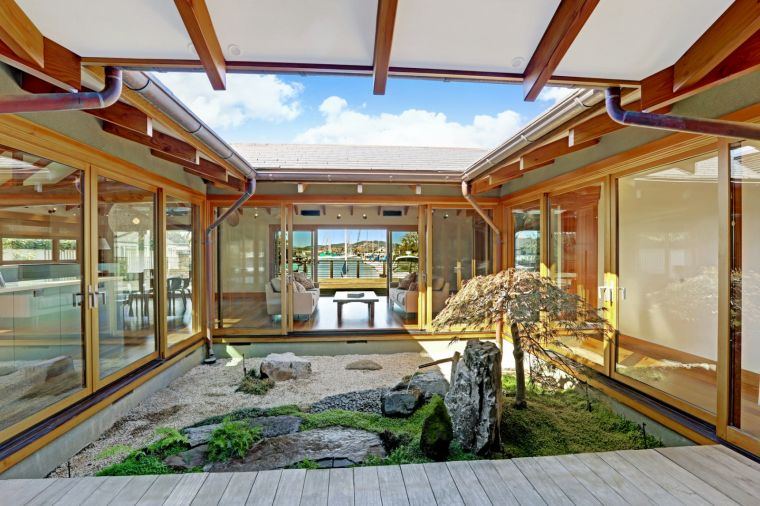
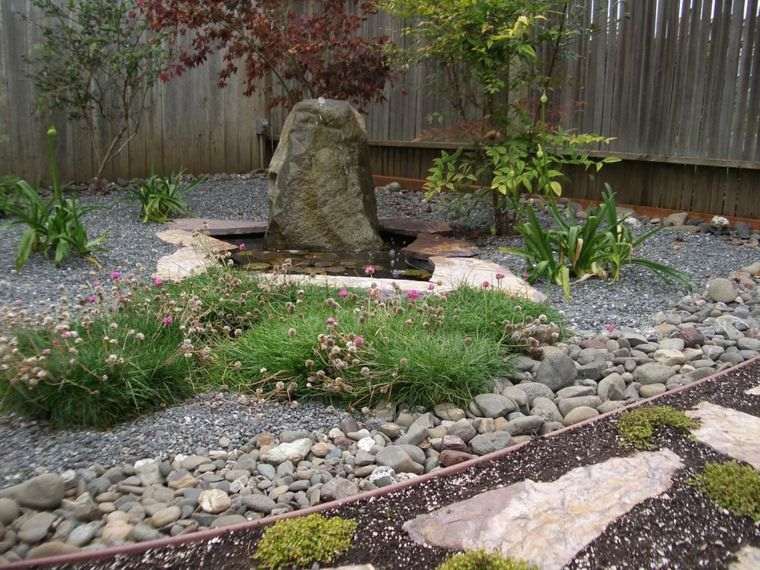
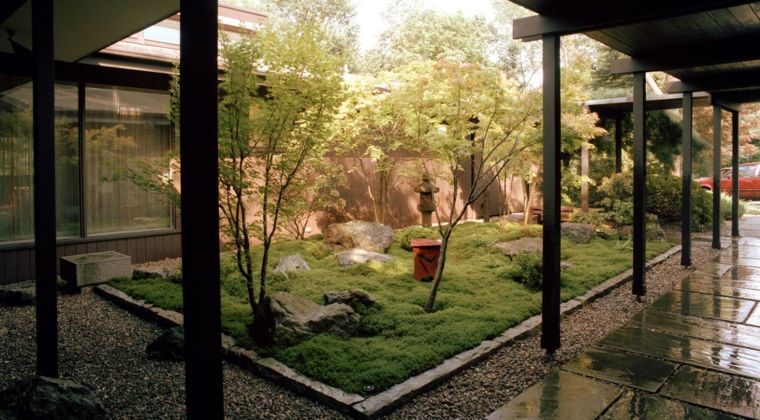
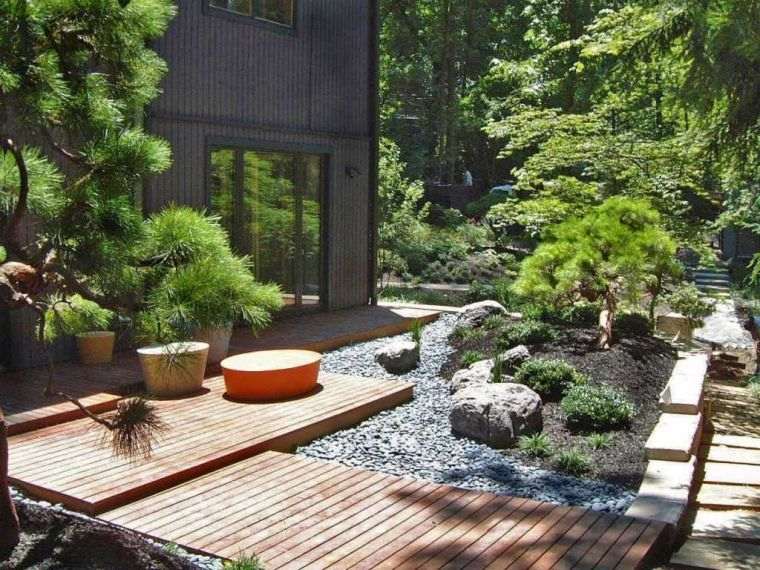
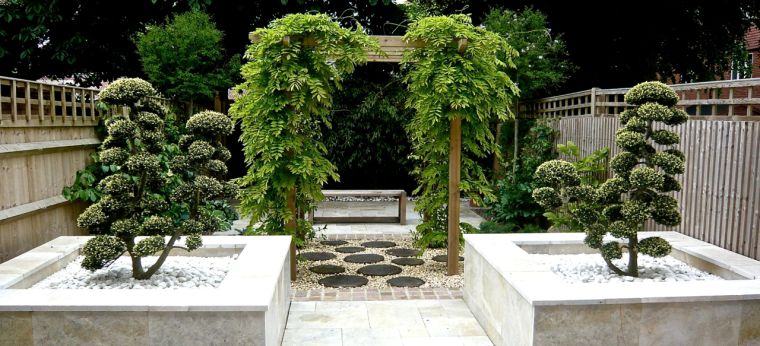
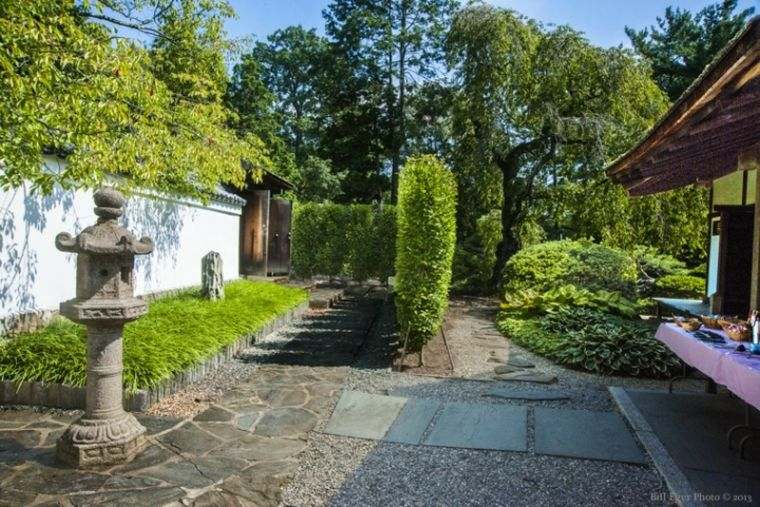
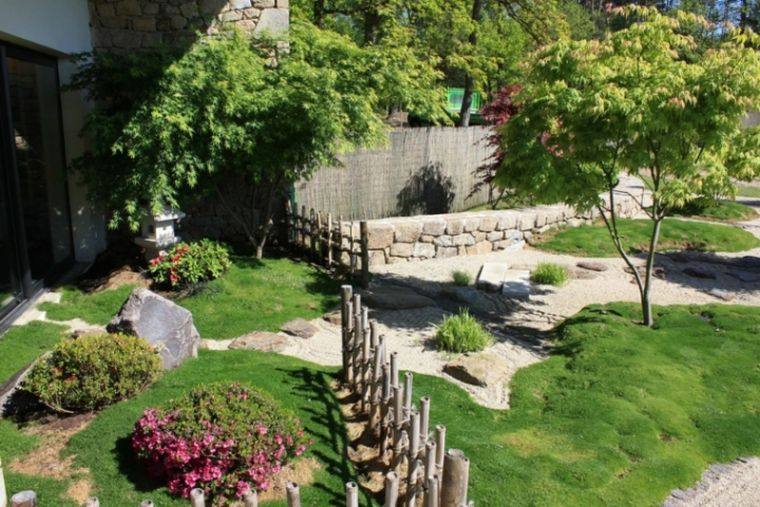
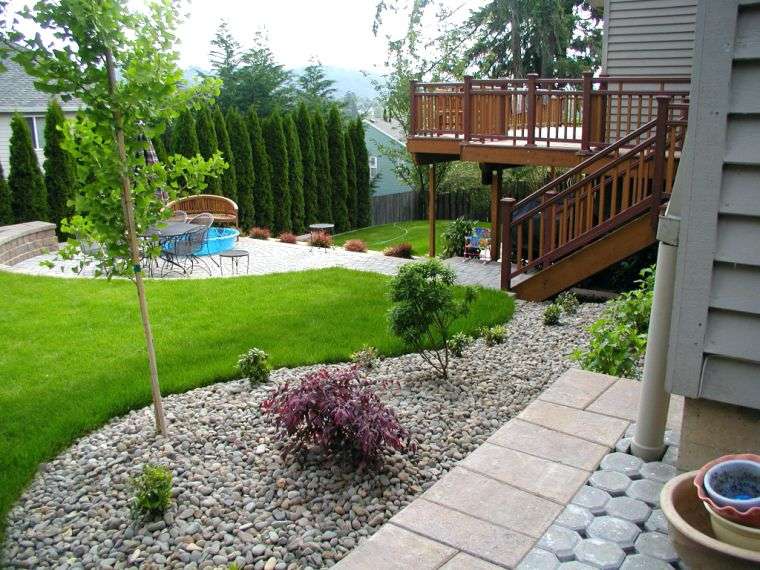
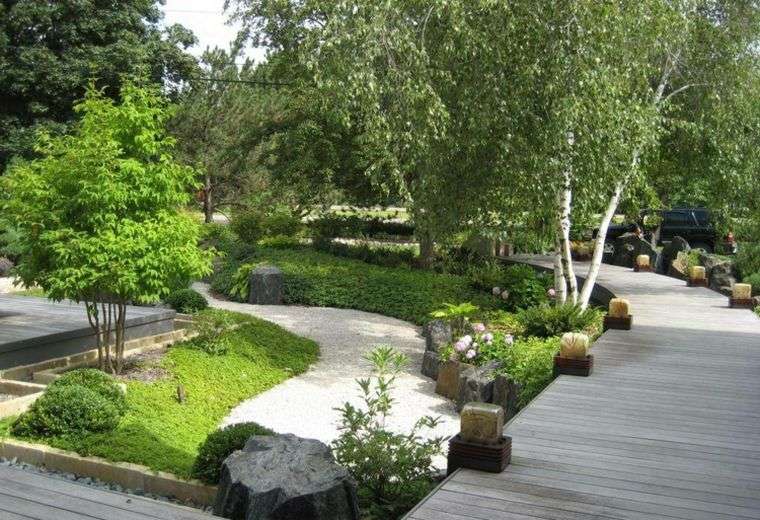
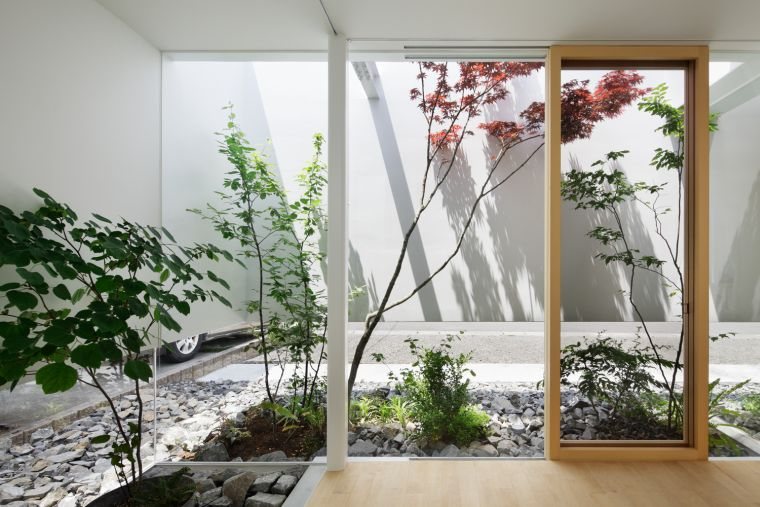
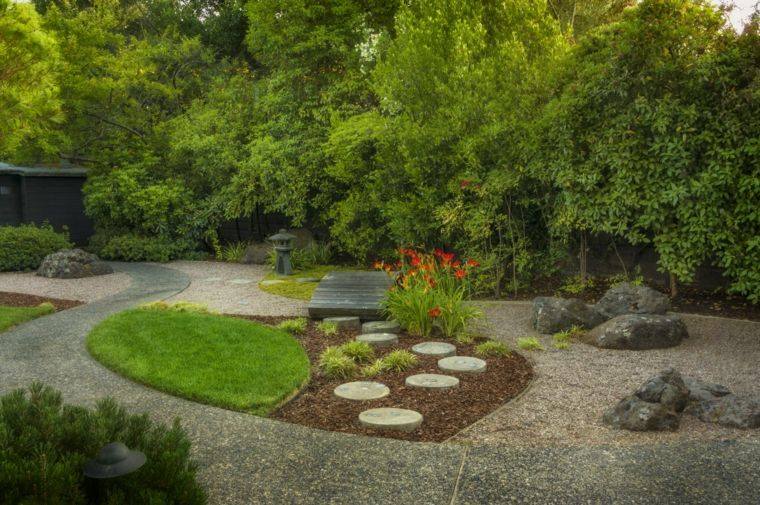
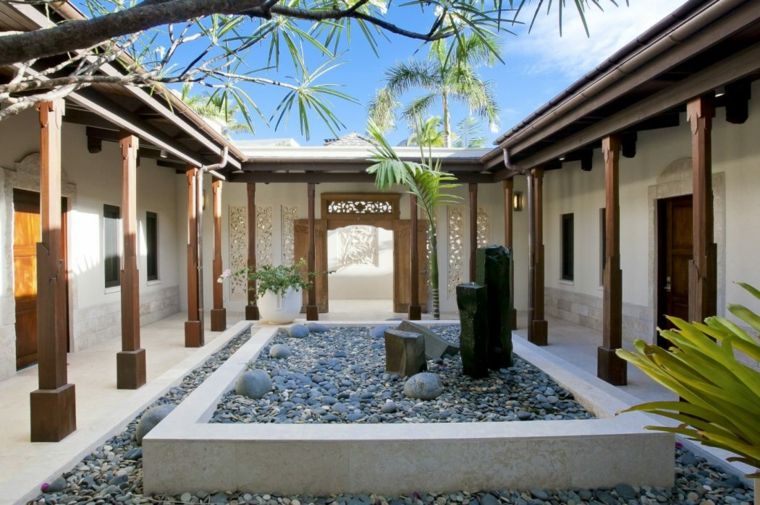
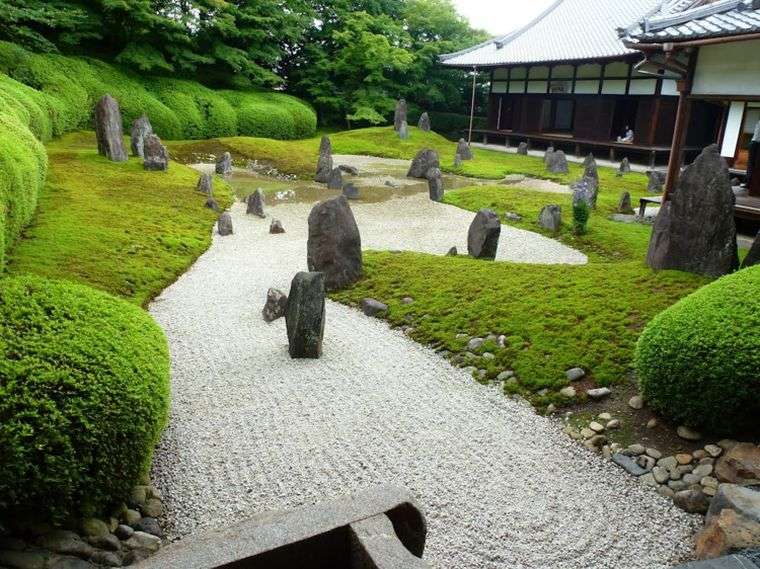
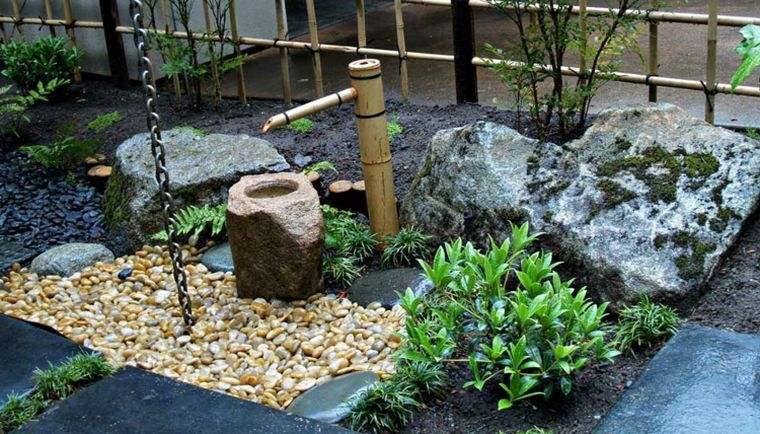
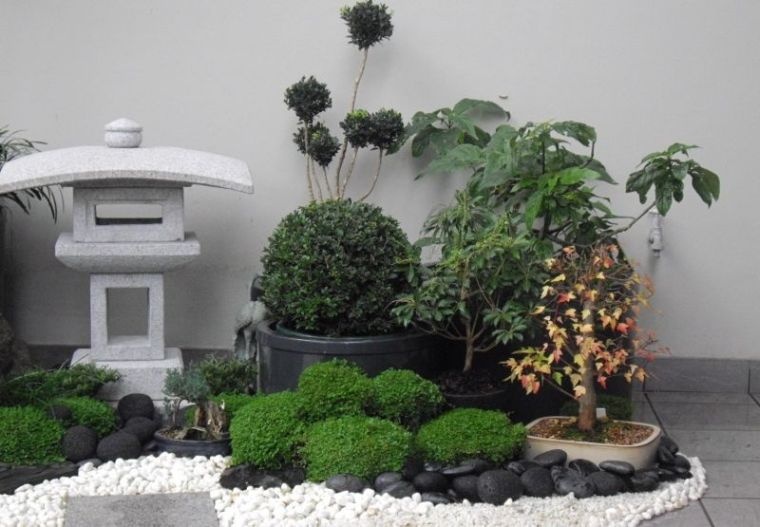
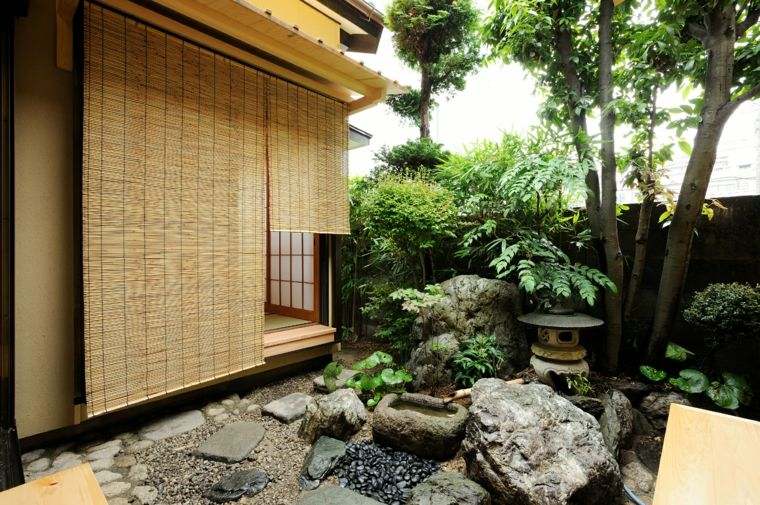
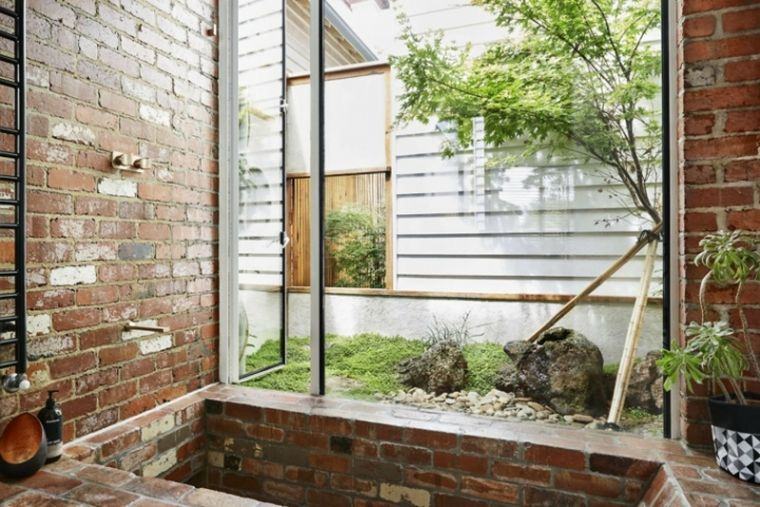
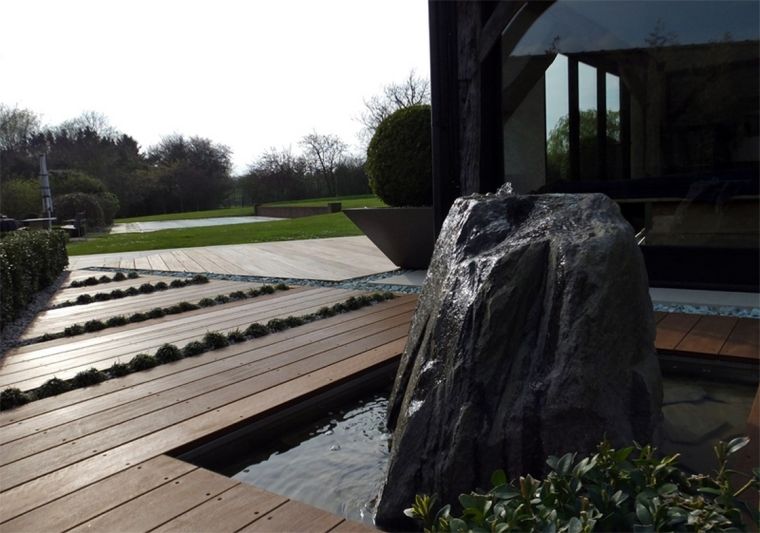
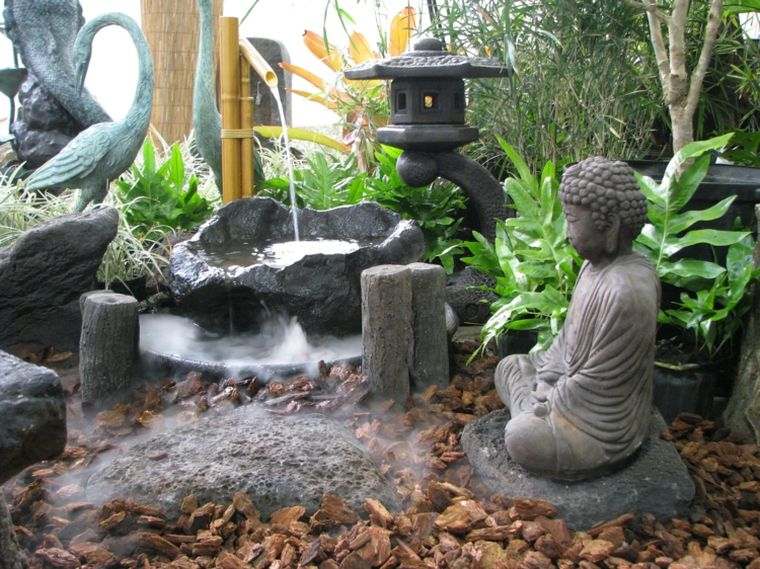
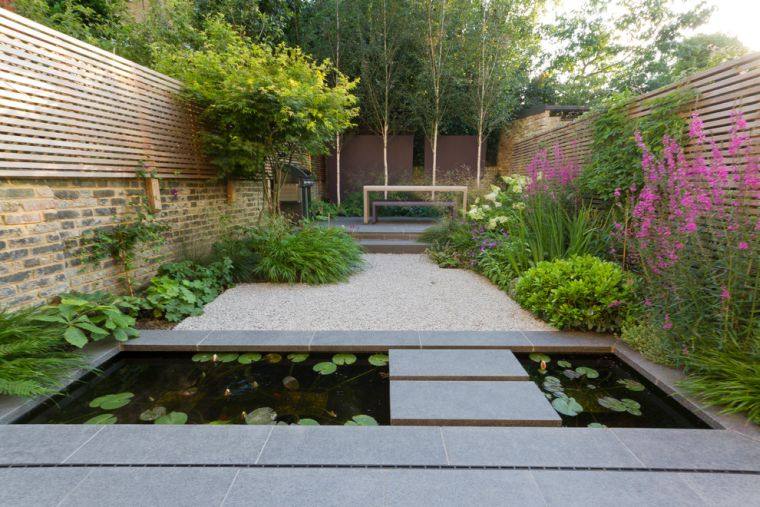
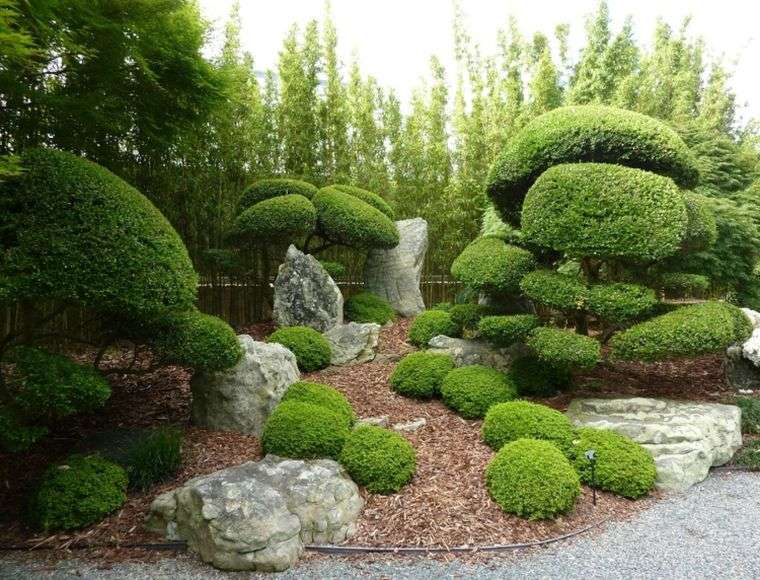
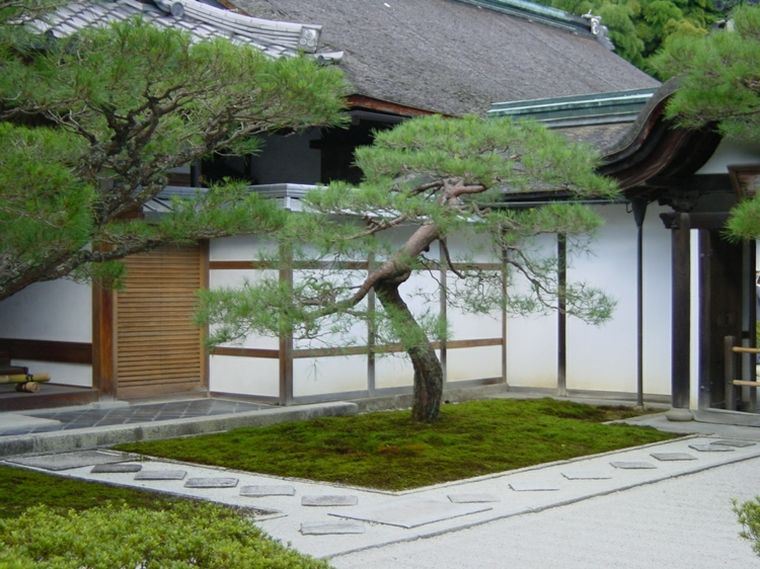
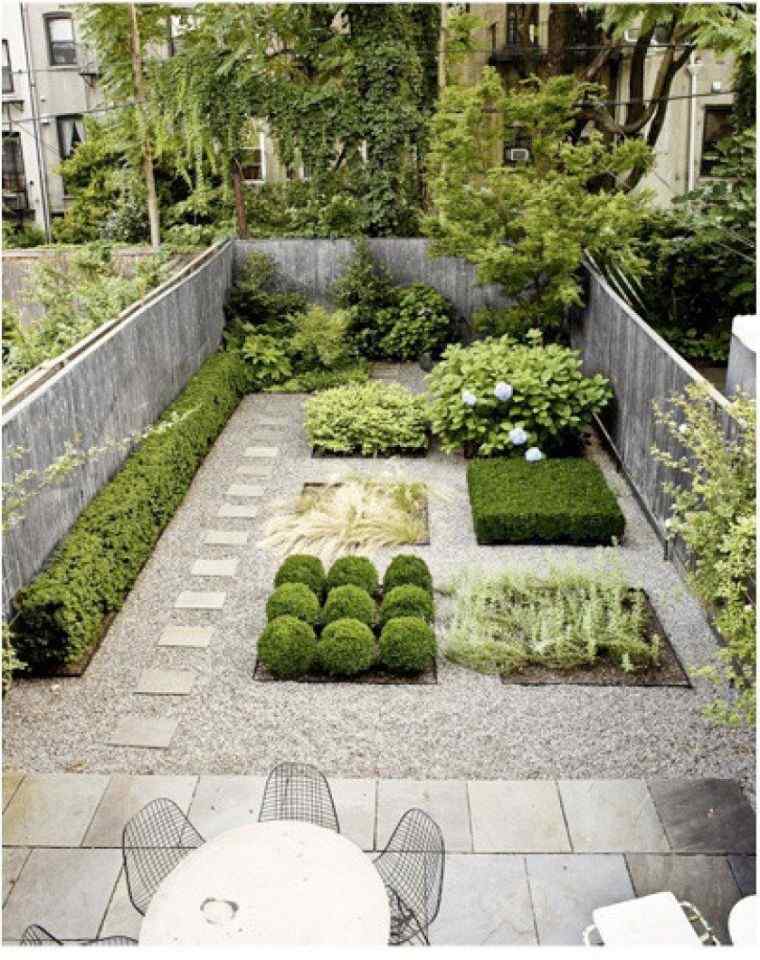
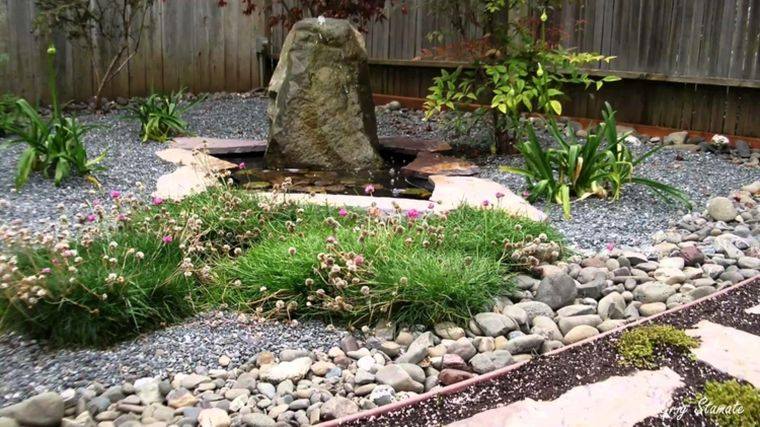
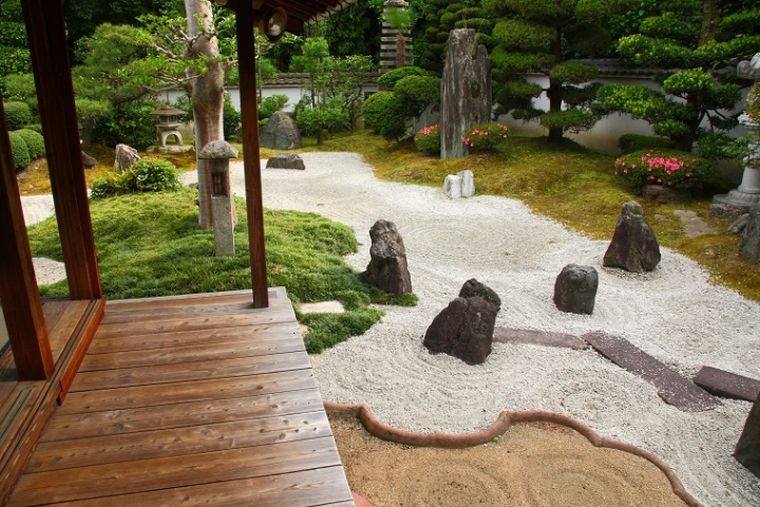
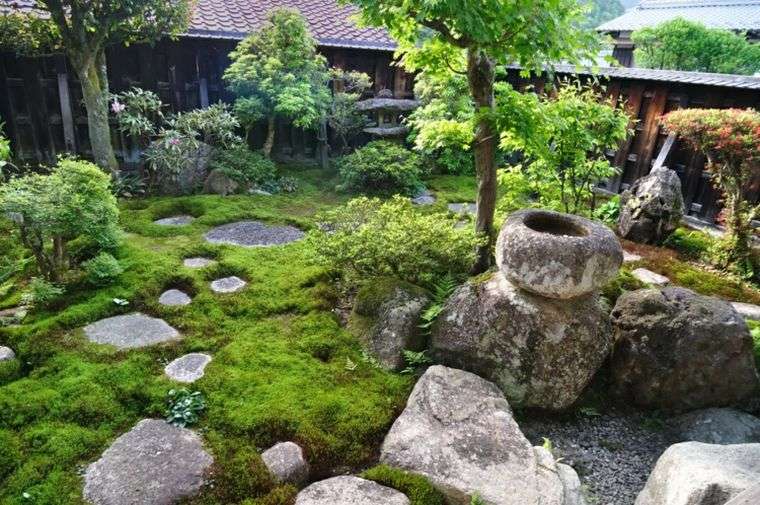
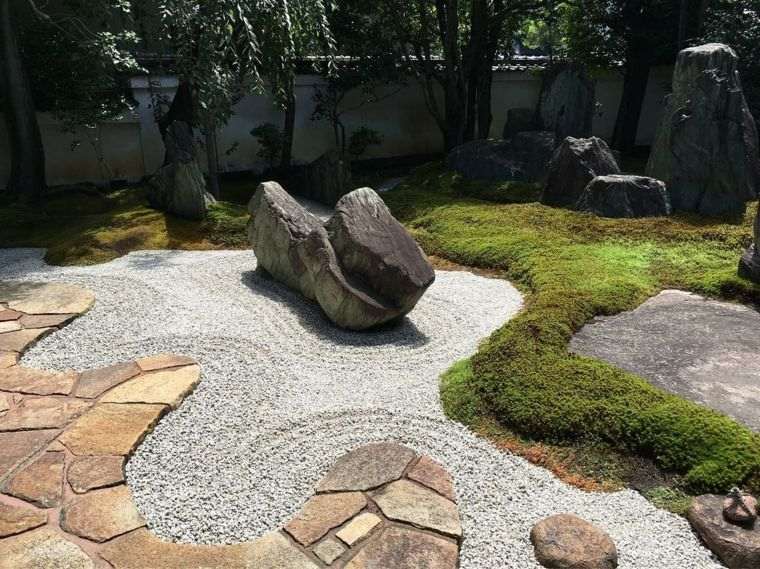
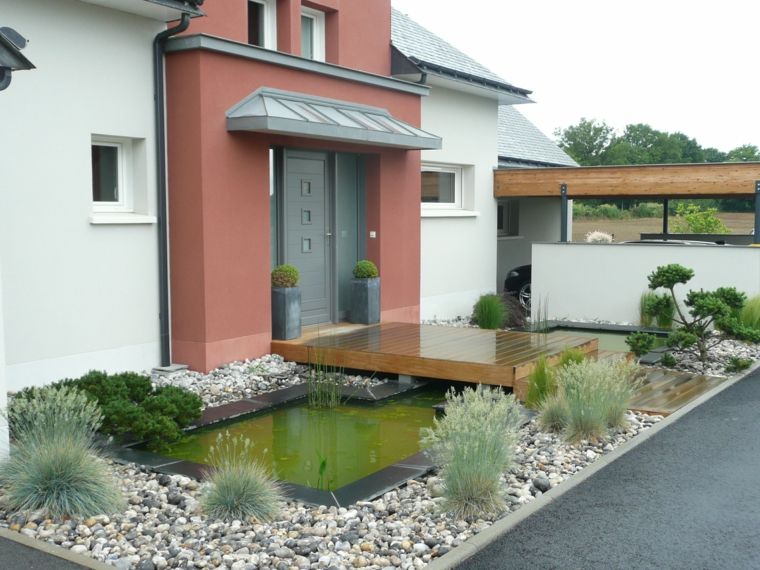
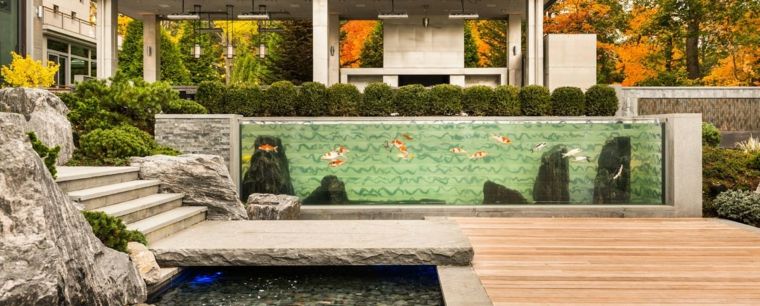
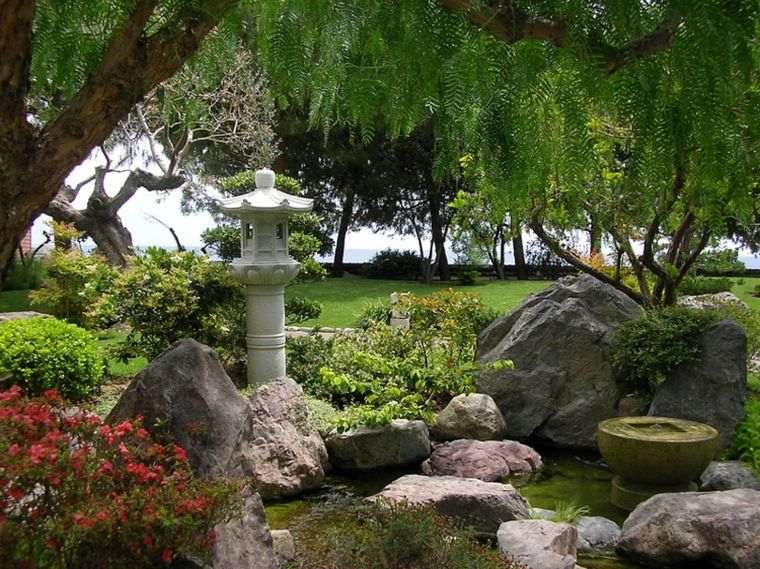
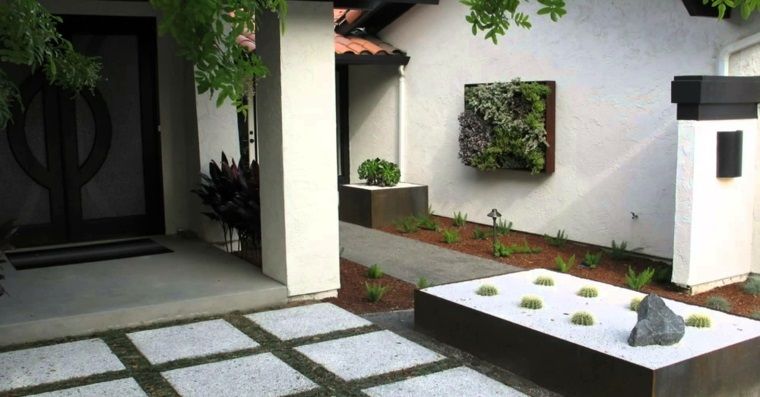
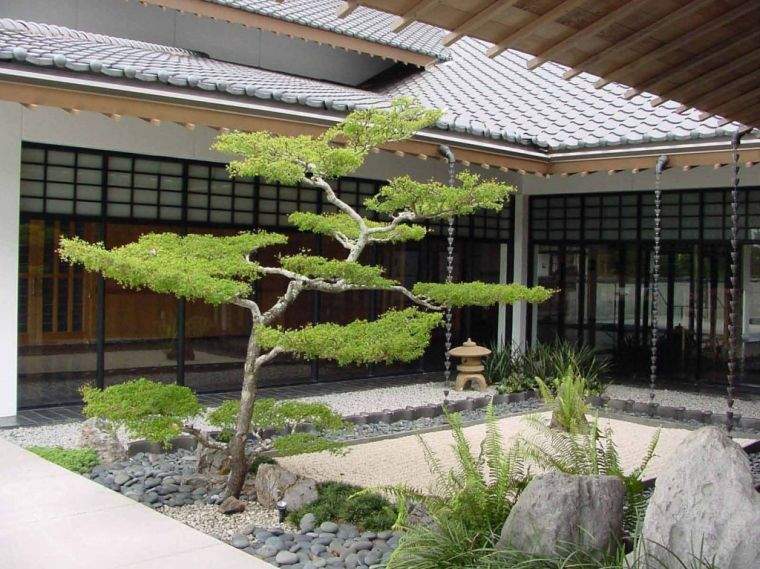
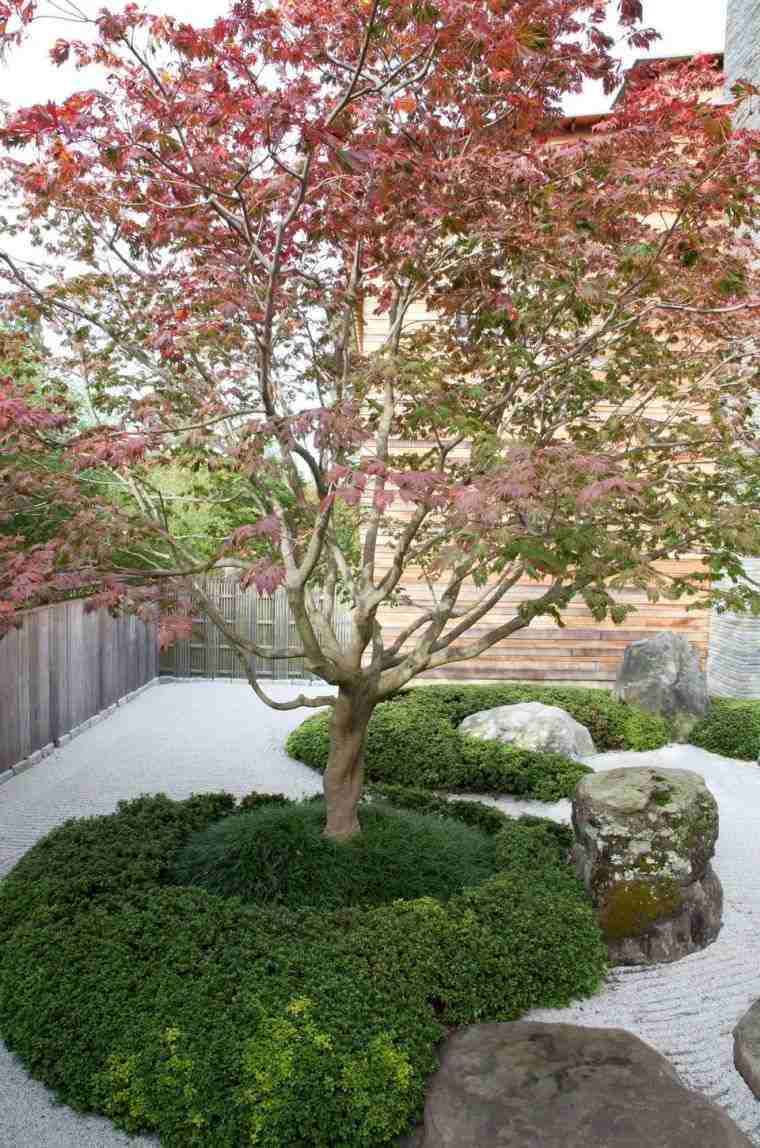
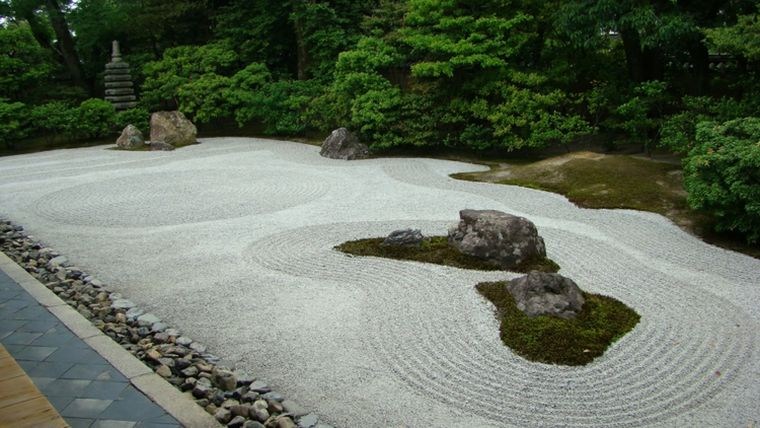
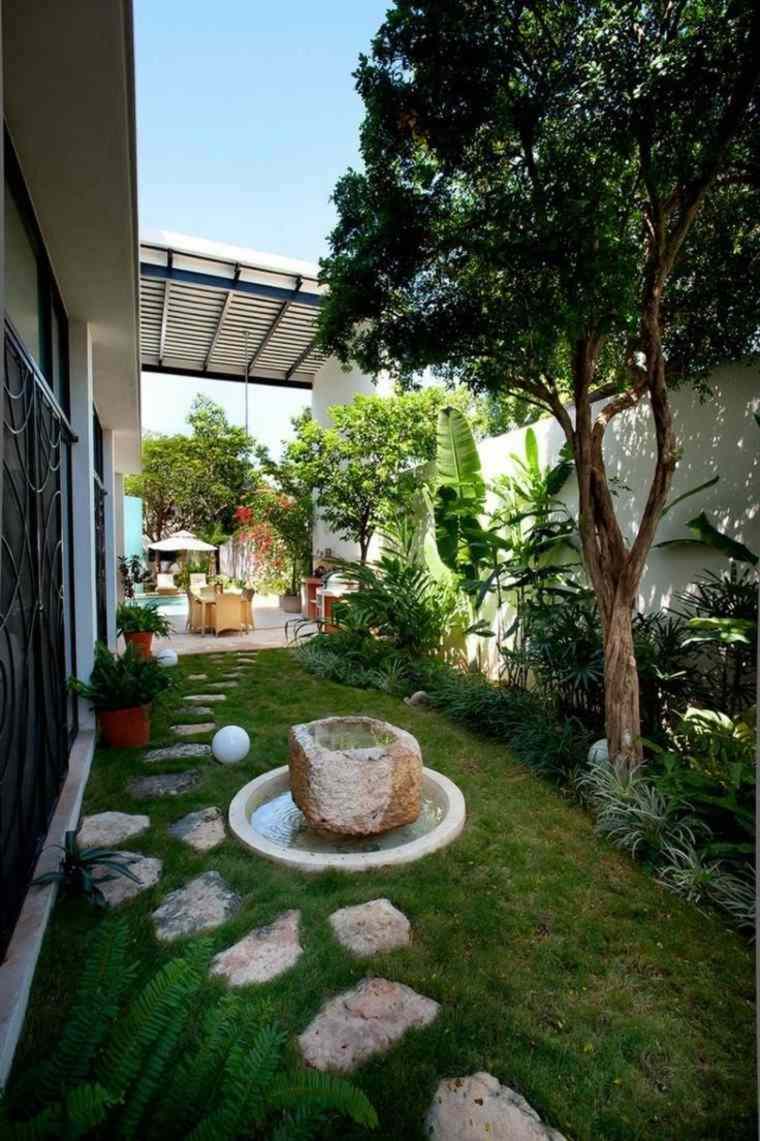
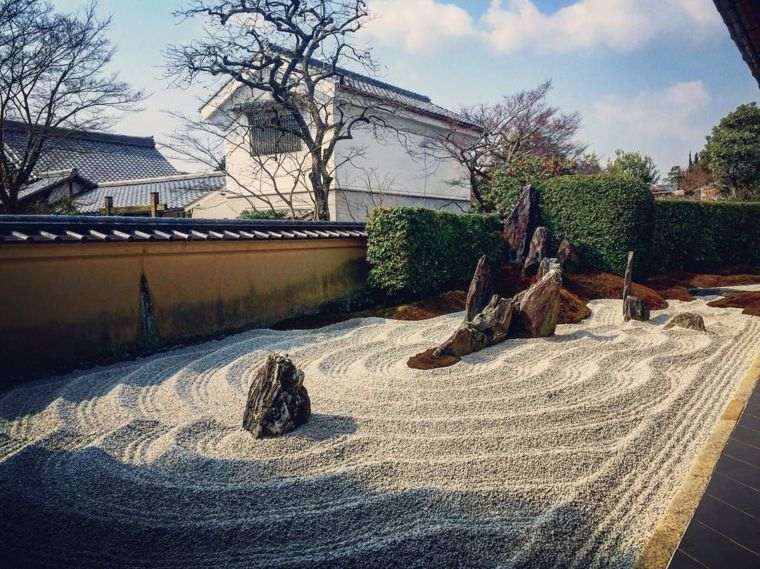
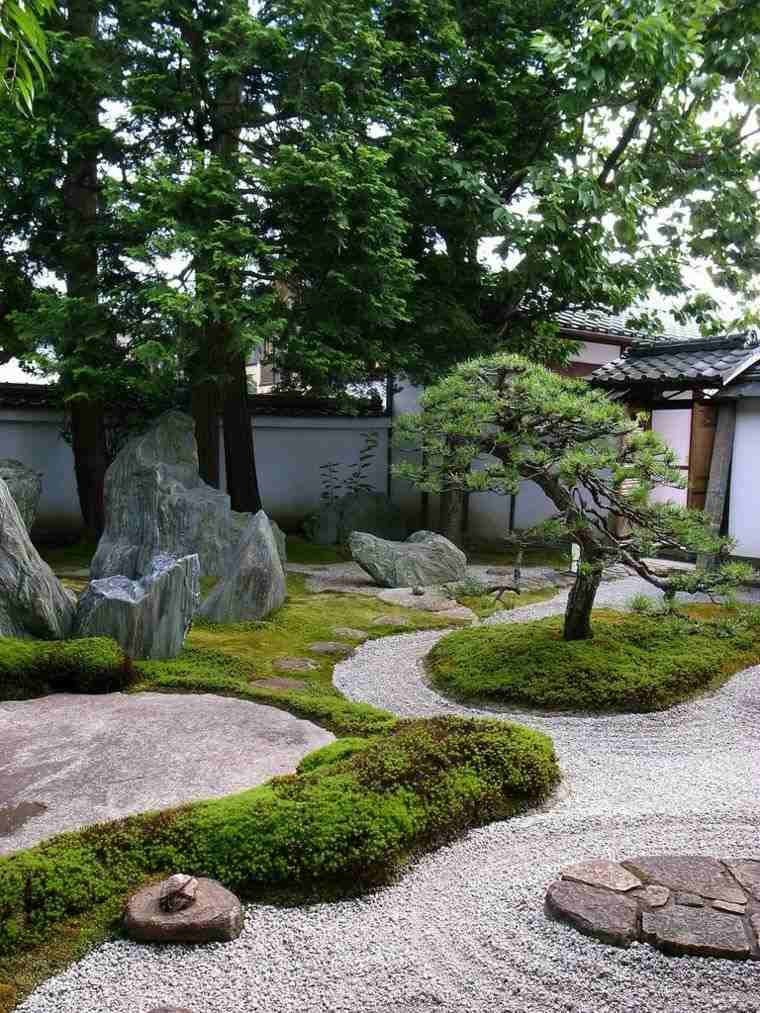
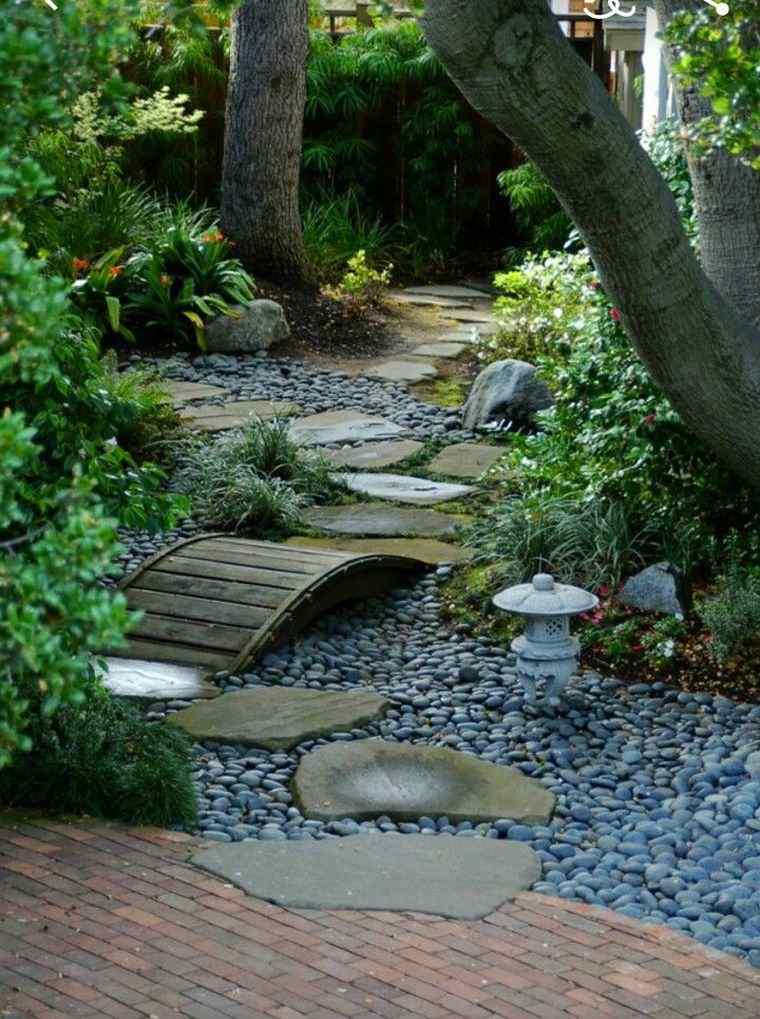
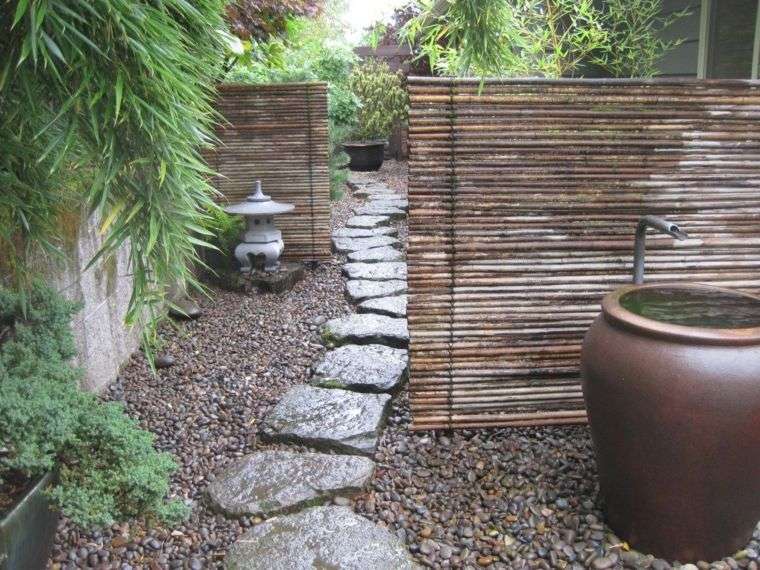
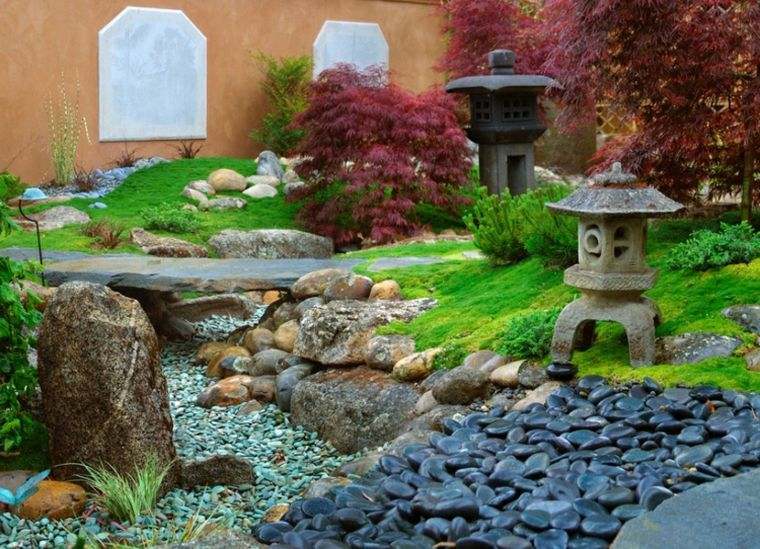
It really depends on what you want to achieve with your small Japanese garden. Here are some additional ideas that you may consider:
- Bonsai Trees: Bonsai trees are miniature trees that are grown in a pot and pruned and trained to maintain a specific shape. They are a traditional part of Japanese culture and can be used to add a natural element to your small garden.
- Shishi-odoshi: Shishi-odoshi is a traditional Japanese water feature that consists of a bamboo tube that fills with water and then tips over, creating a sound that scares away animals. This can add a unique element to your garden and contribute to the peaceful ambiance.
- Tea House: If you have enough space, you can consider adding a small tea house to your Japanese garden. This is a traditional Japanese structure that is used for tea ceremonies and can serve as a space for meditation and relaxation.
- Sand or Gravel Garden: Sand or gravel gardens are a type of Japanese garden that is designed to mimic the appearance of dry riverbeds. They are typically made of sand or gravel with carefully placed rocks or boulders. This can be a unique and interesting addition to your garden.
- Torii Gate: A Torii gate is a traditional Japanese gate that is often found at the entrance to a Shinto shrine. It can be used in a small Japanese garden to create a sense of entrance or transition between different spaces.
These are just a few ideas, but there are many other elements that you can consider adding to your small Japanese garden to make it unique and personalized to your preferences.

